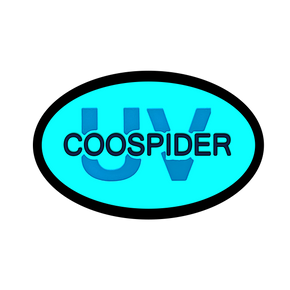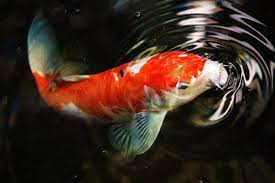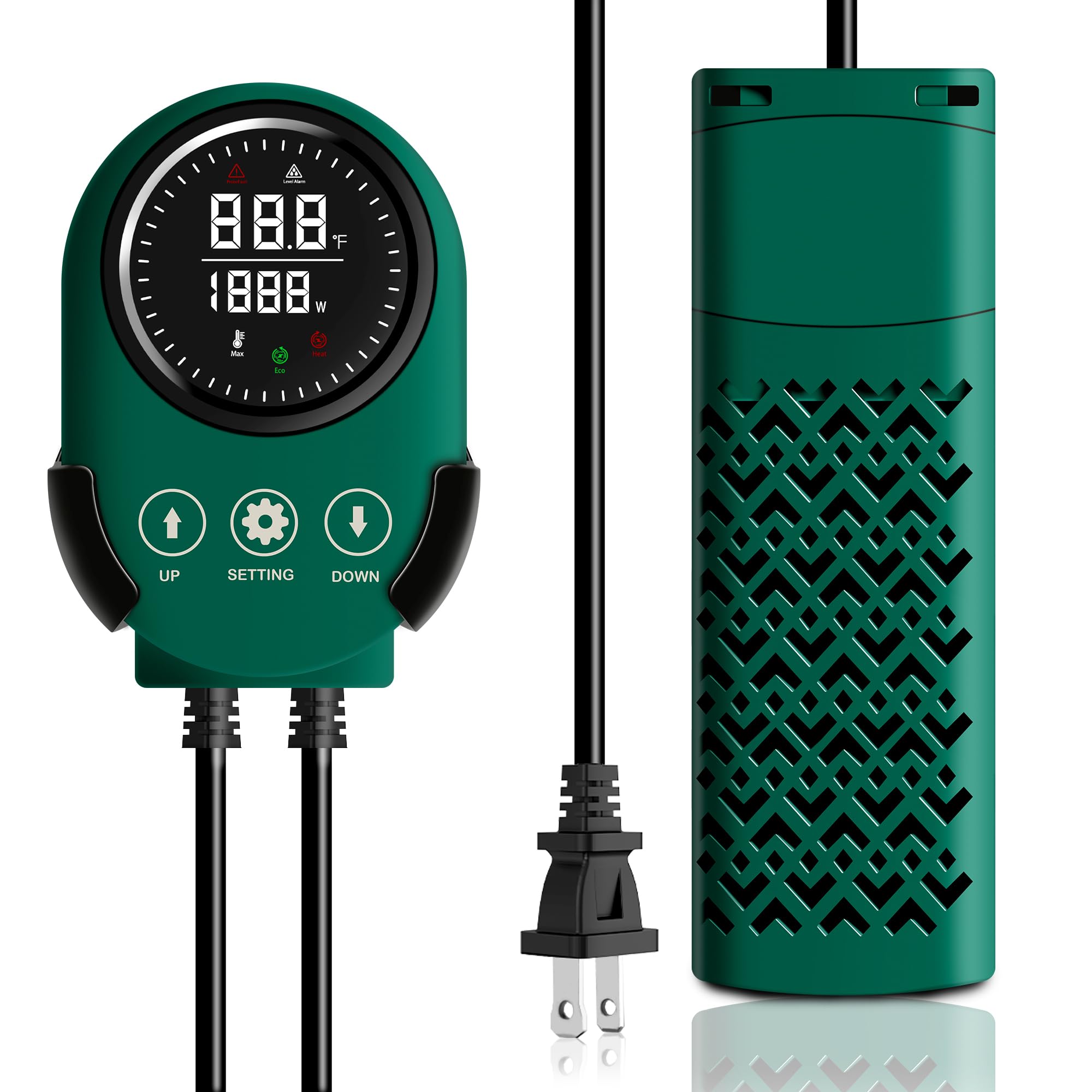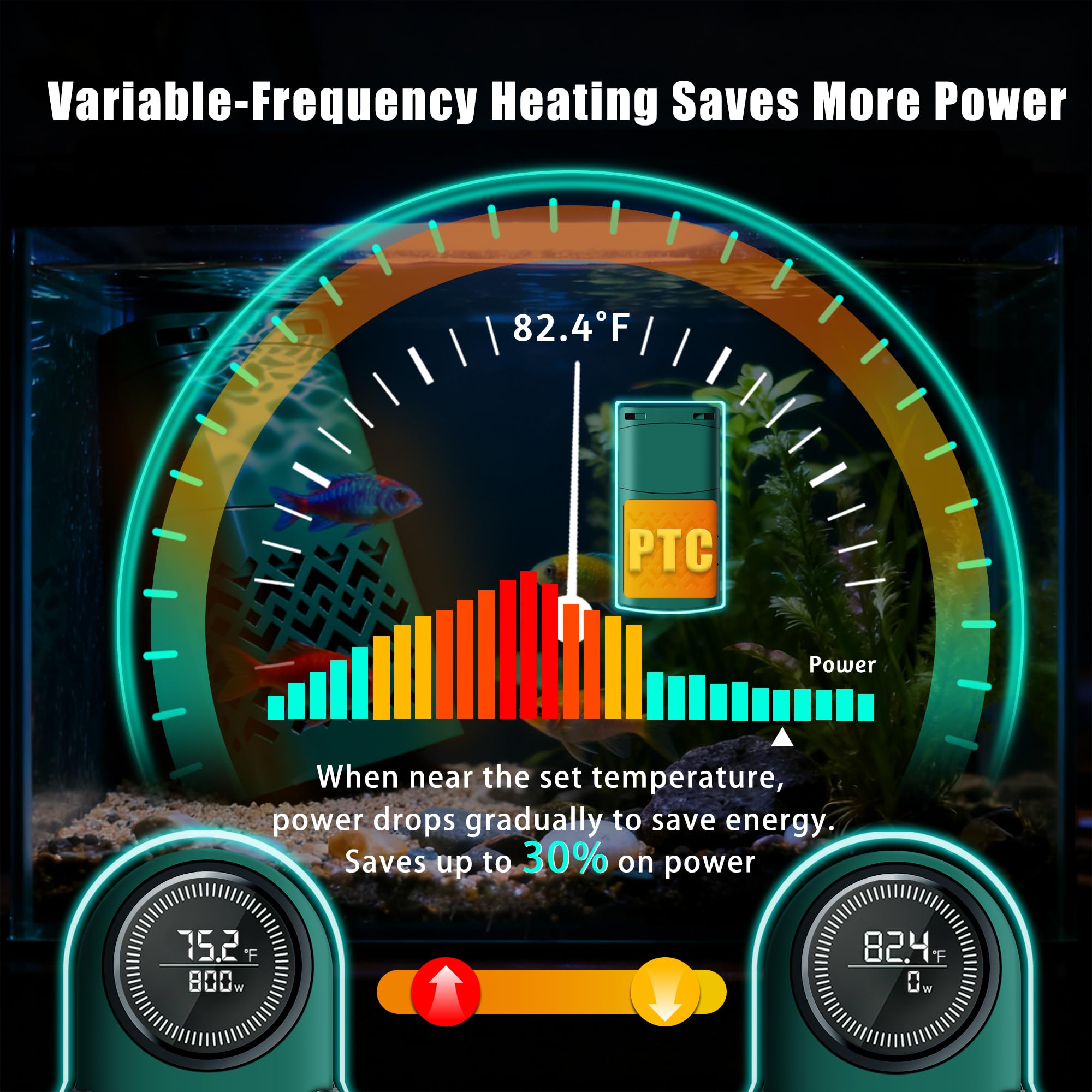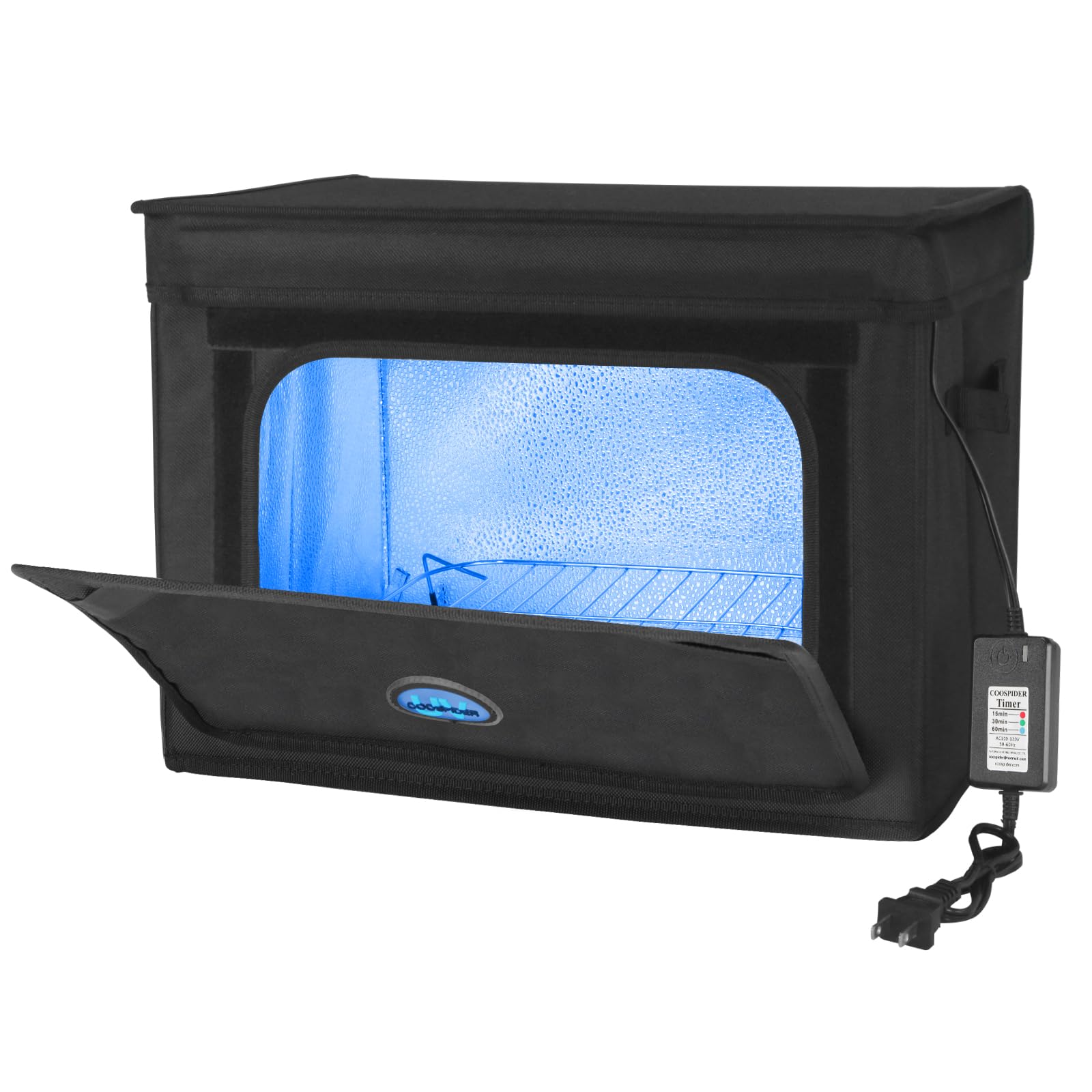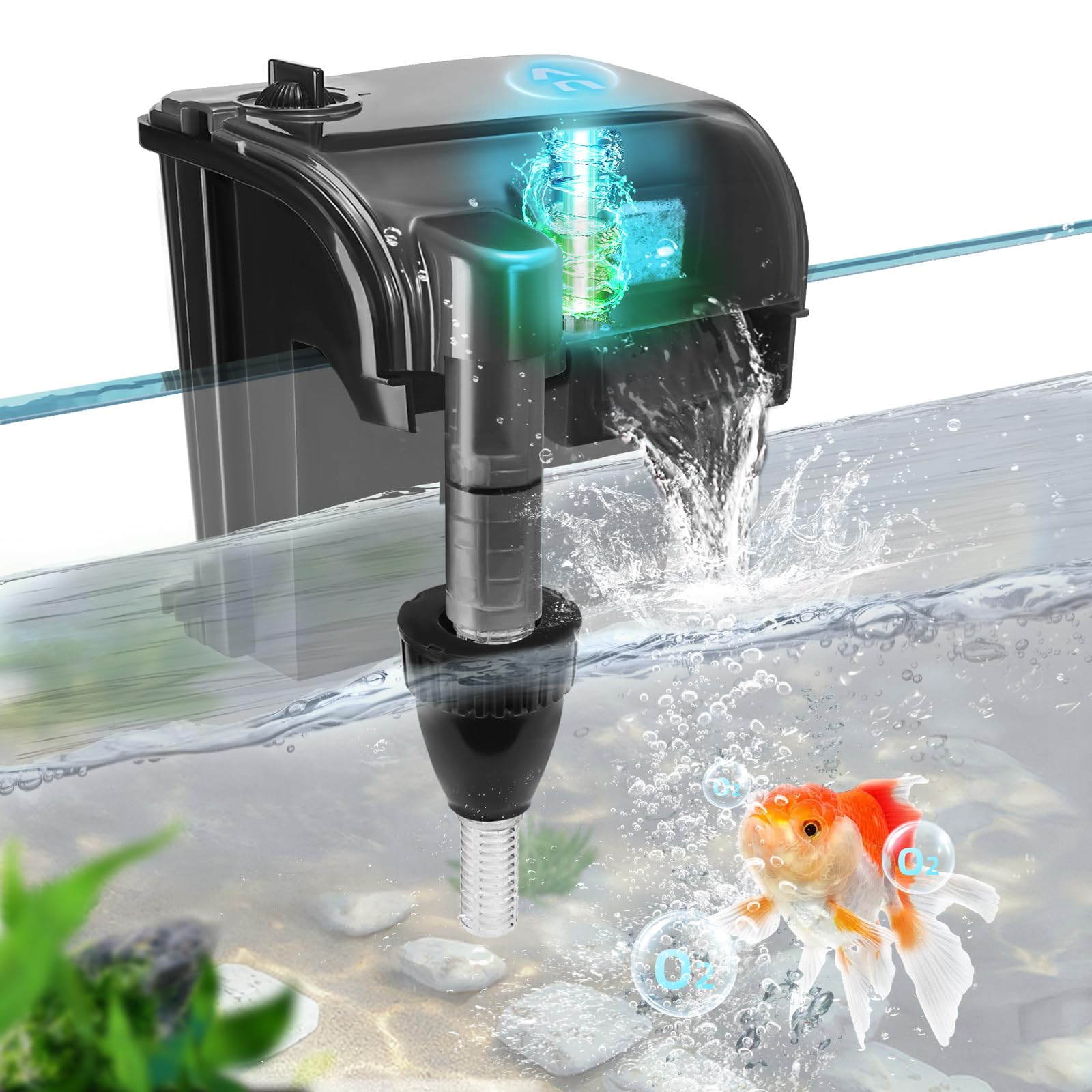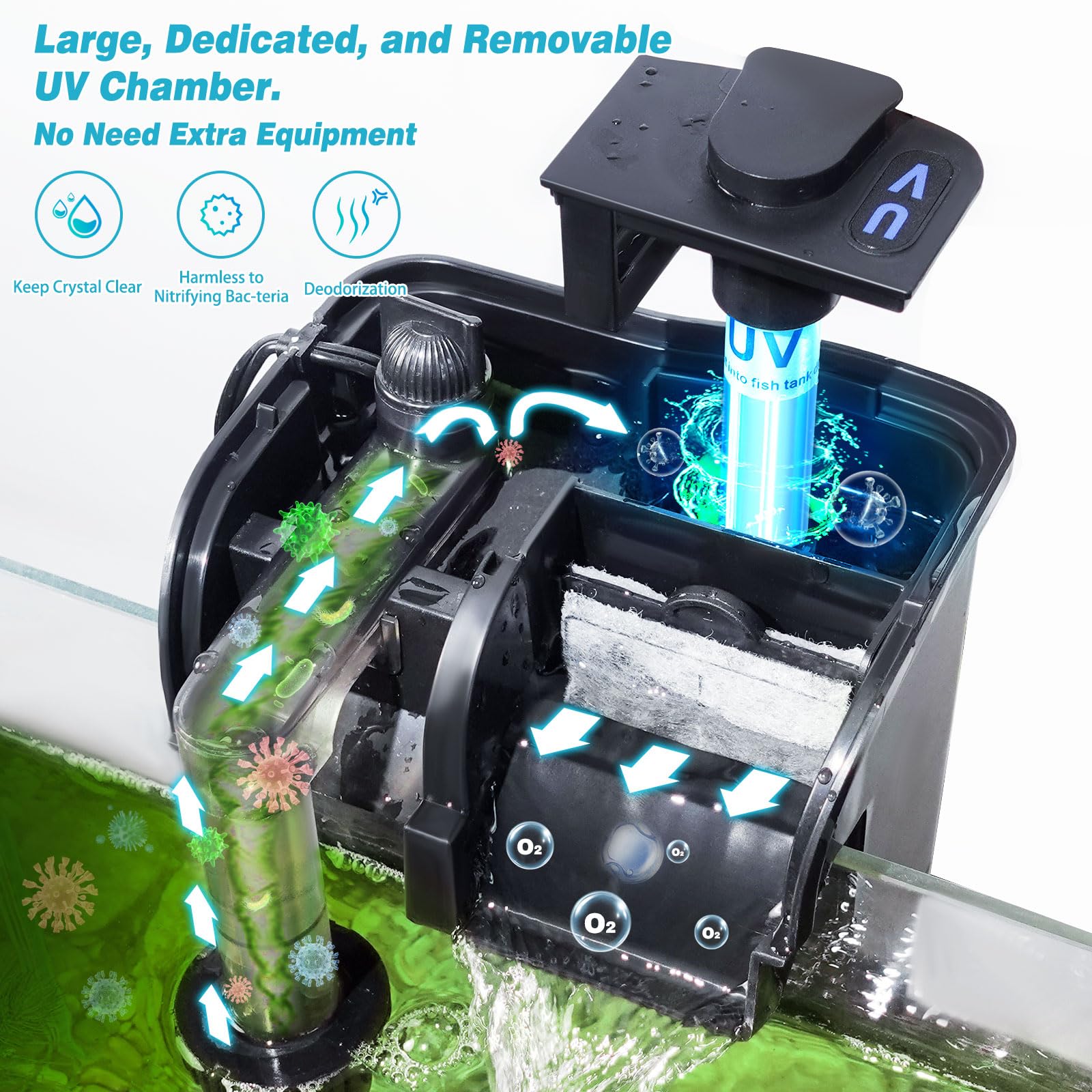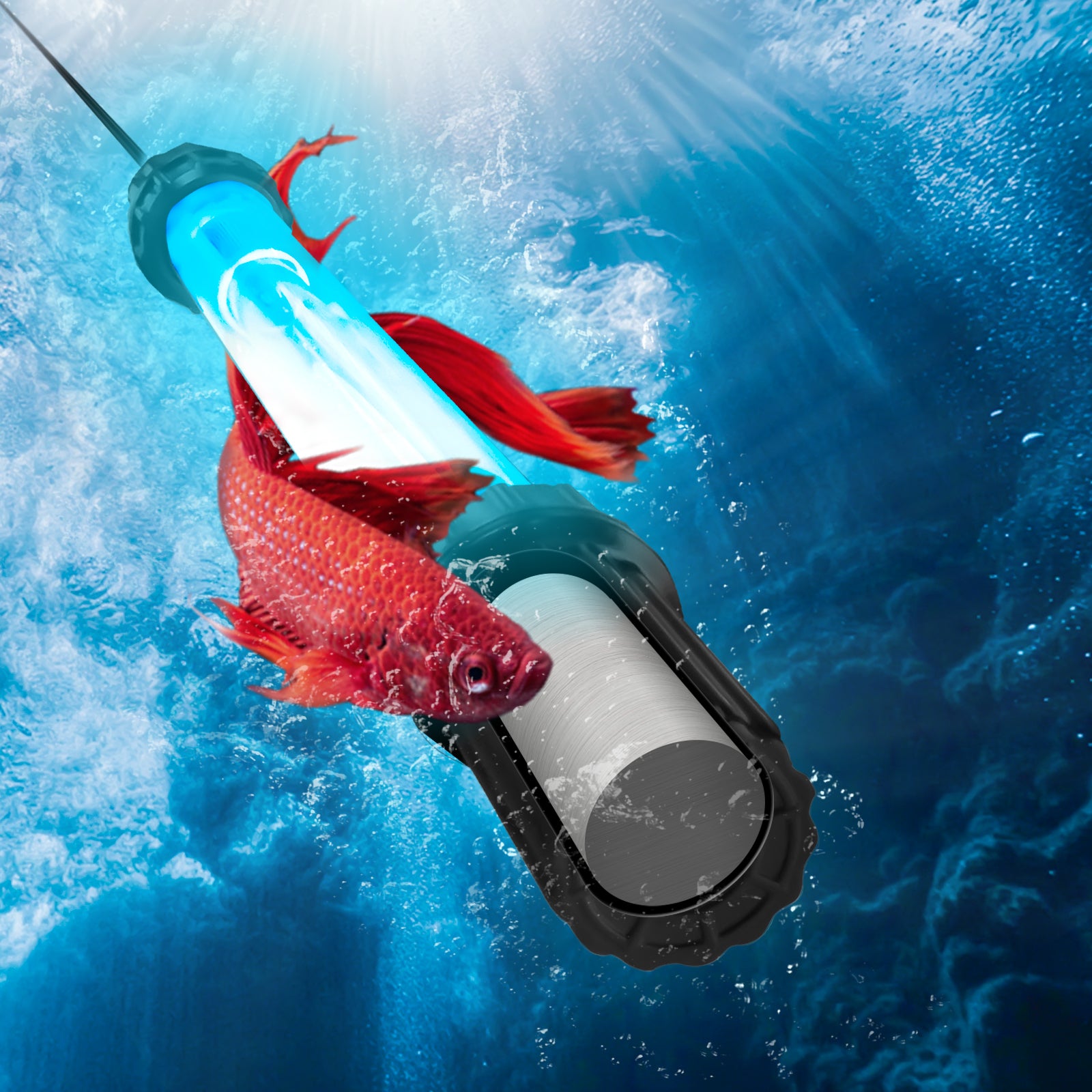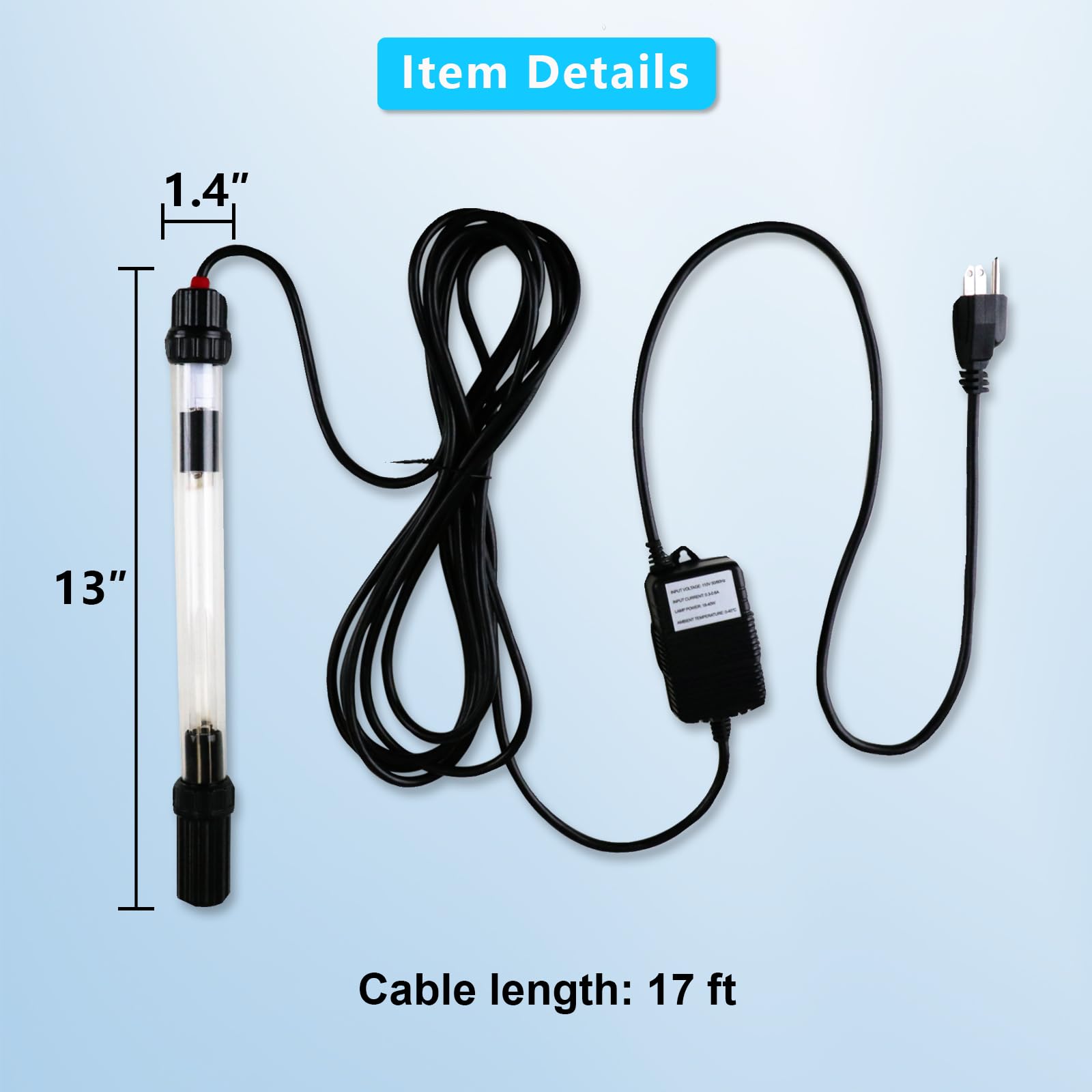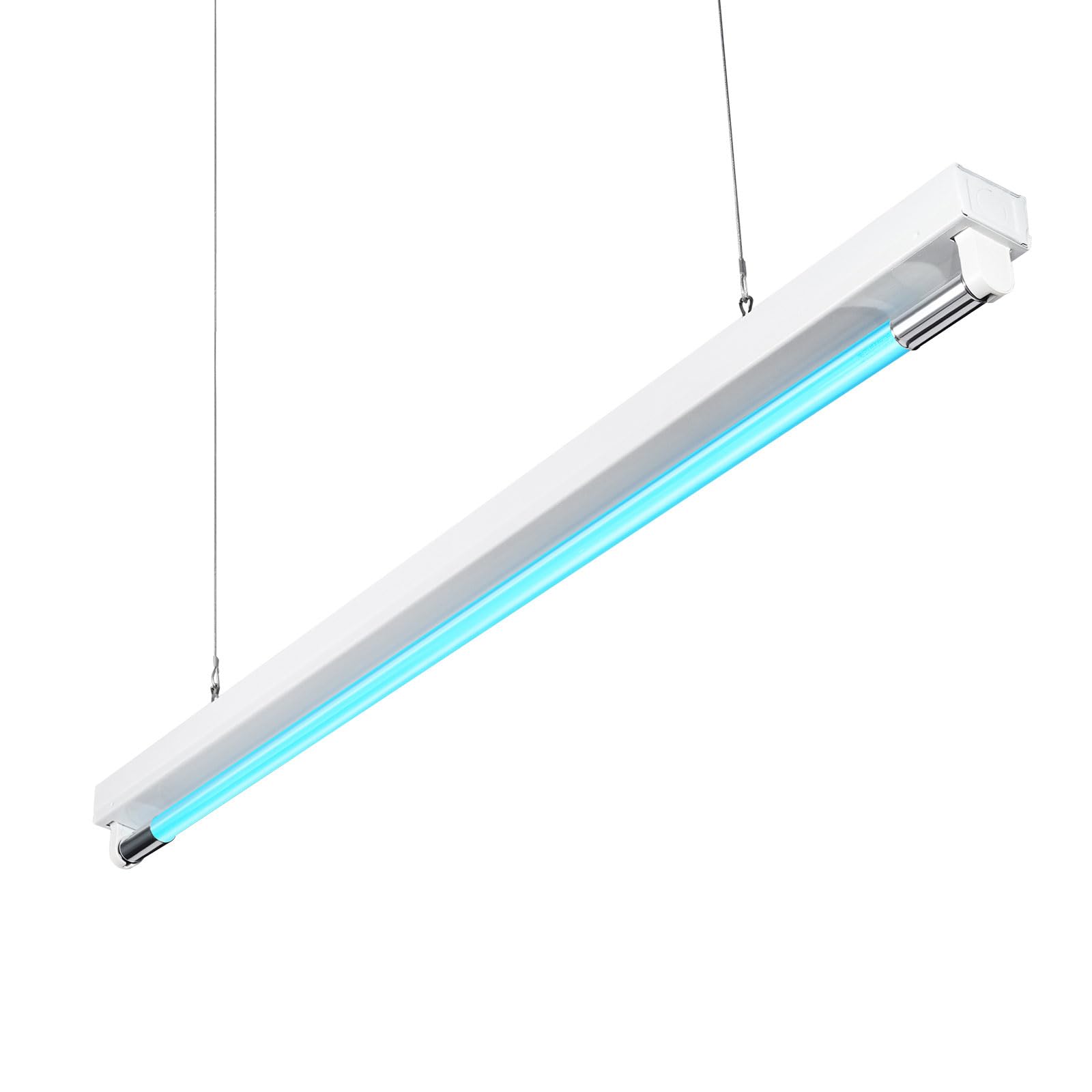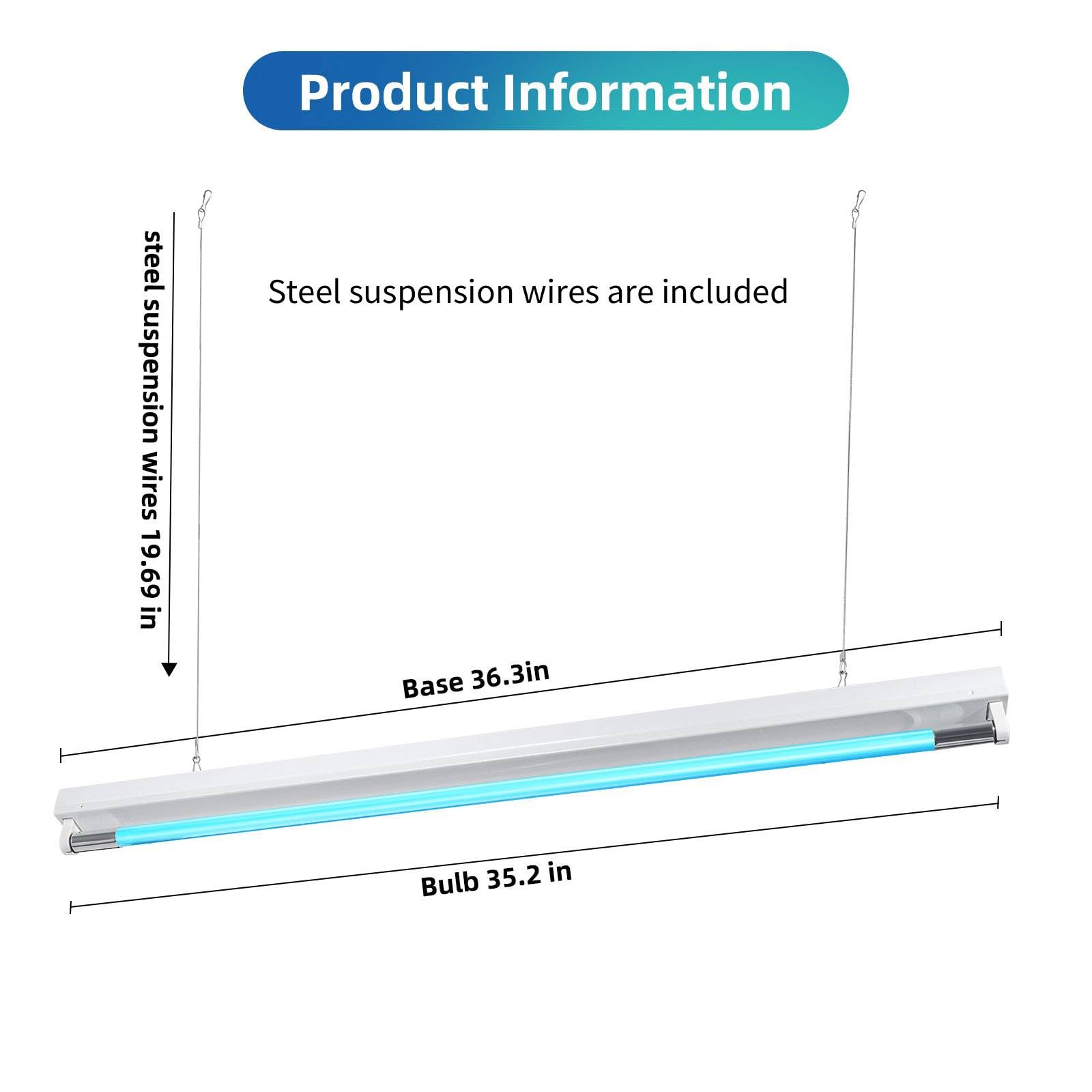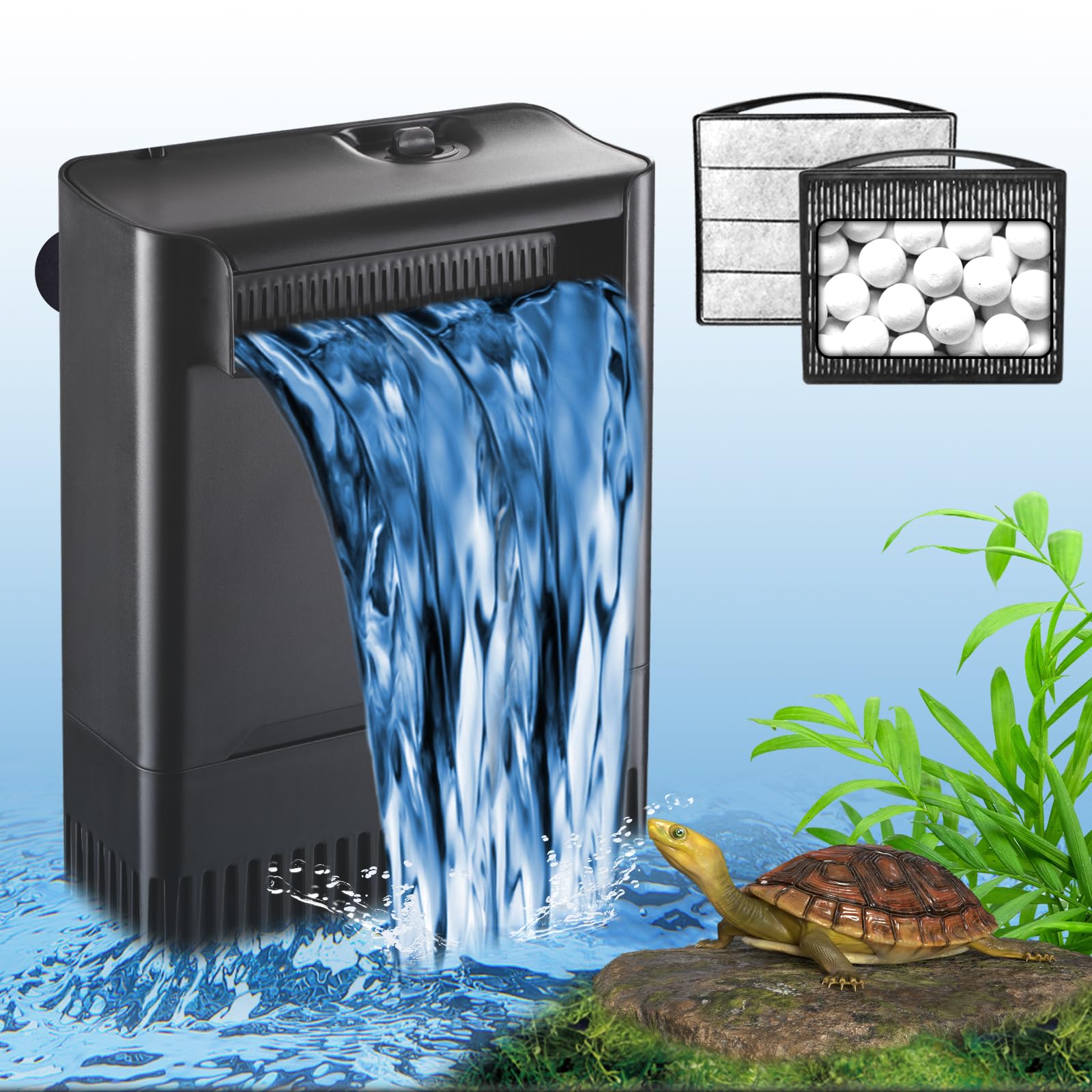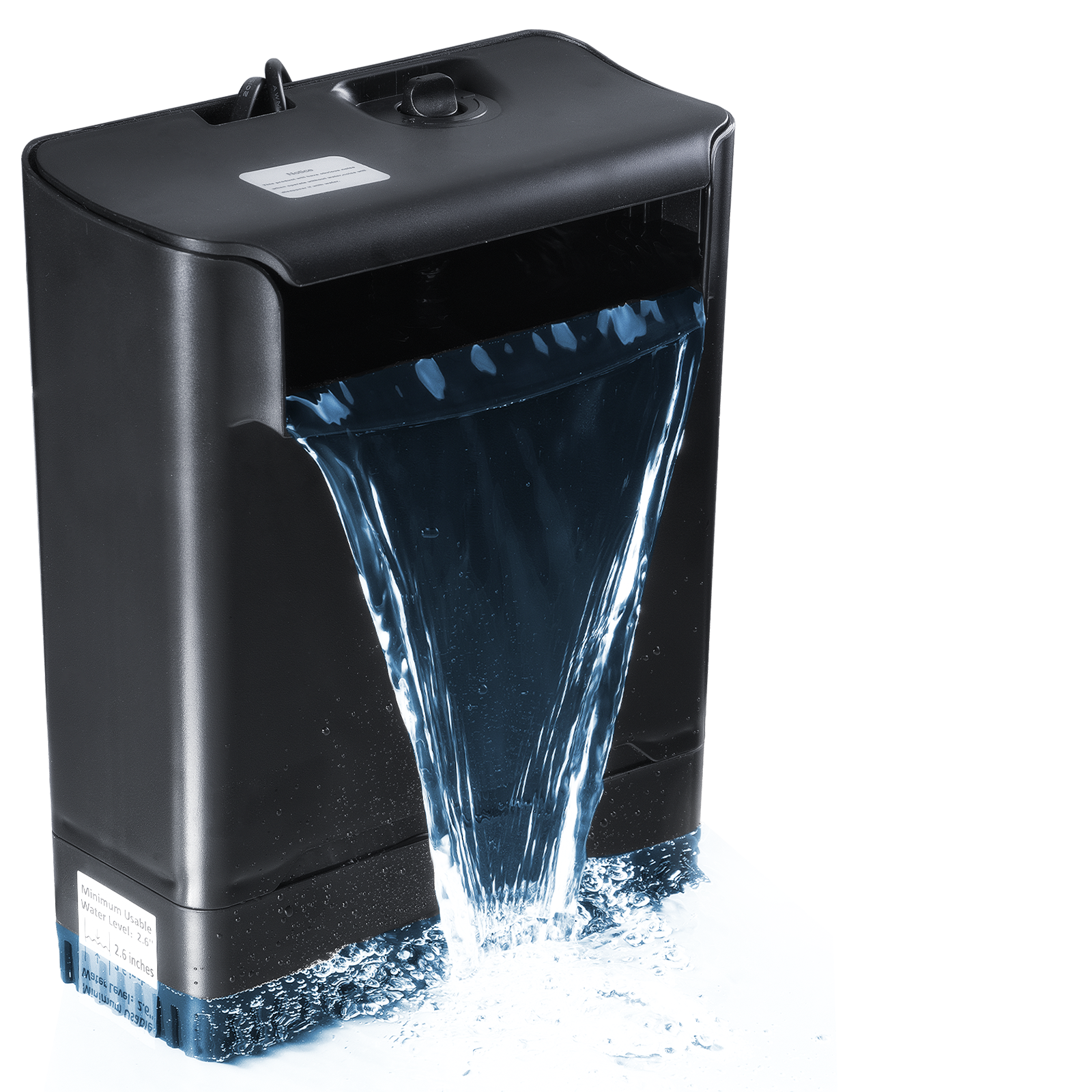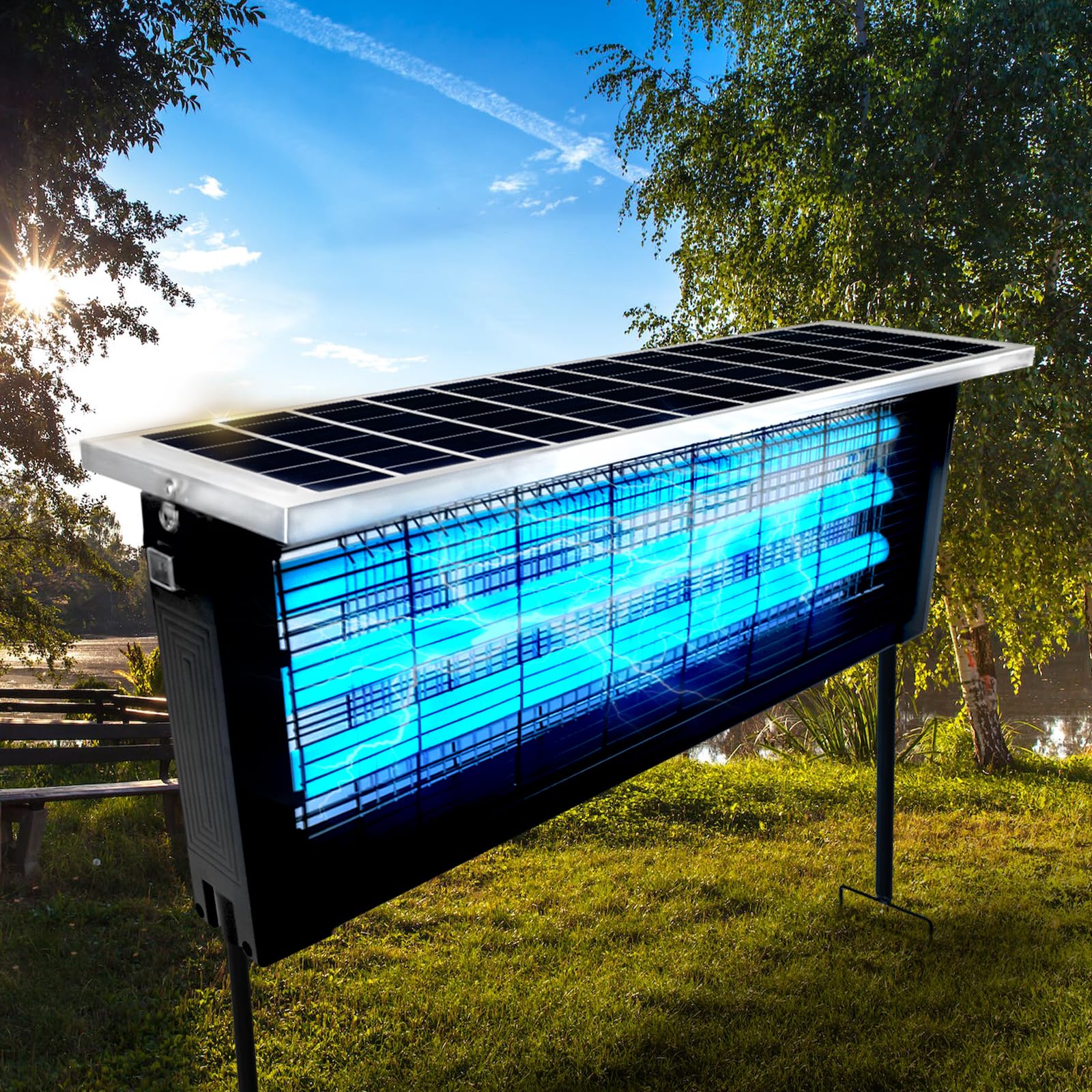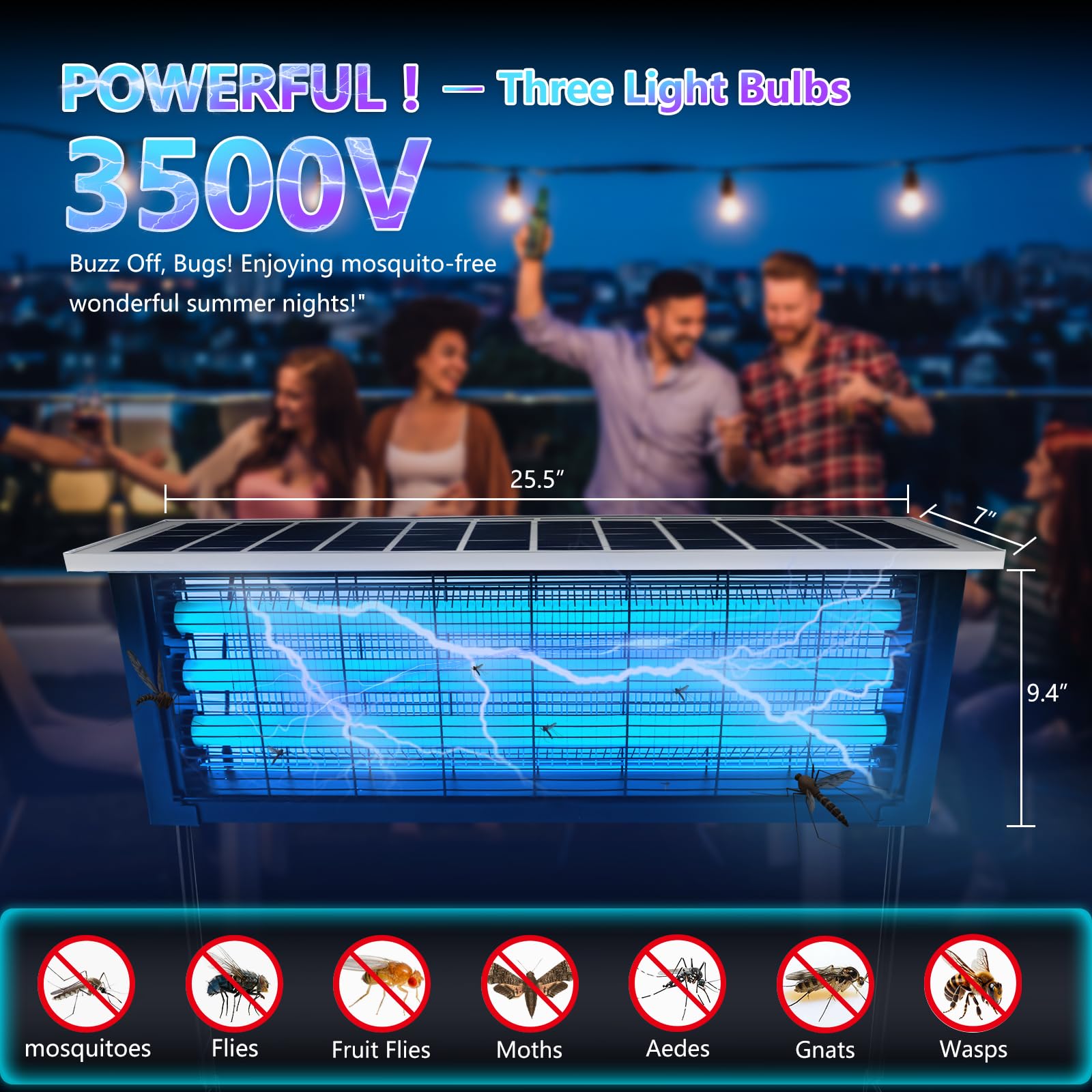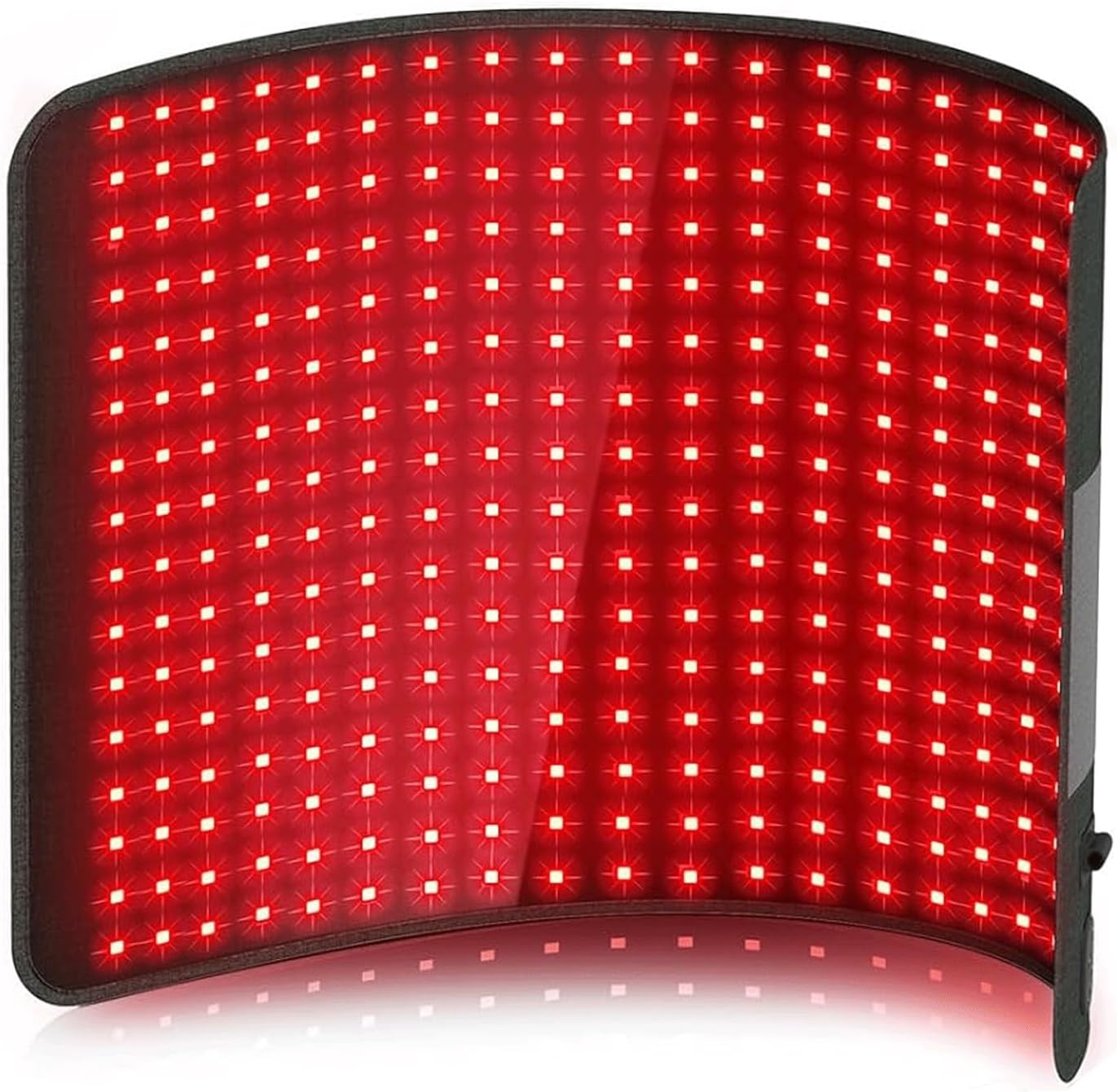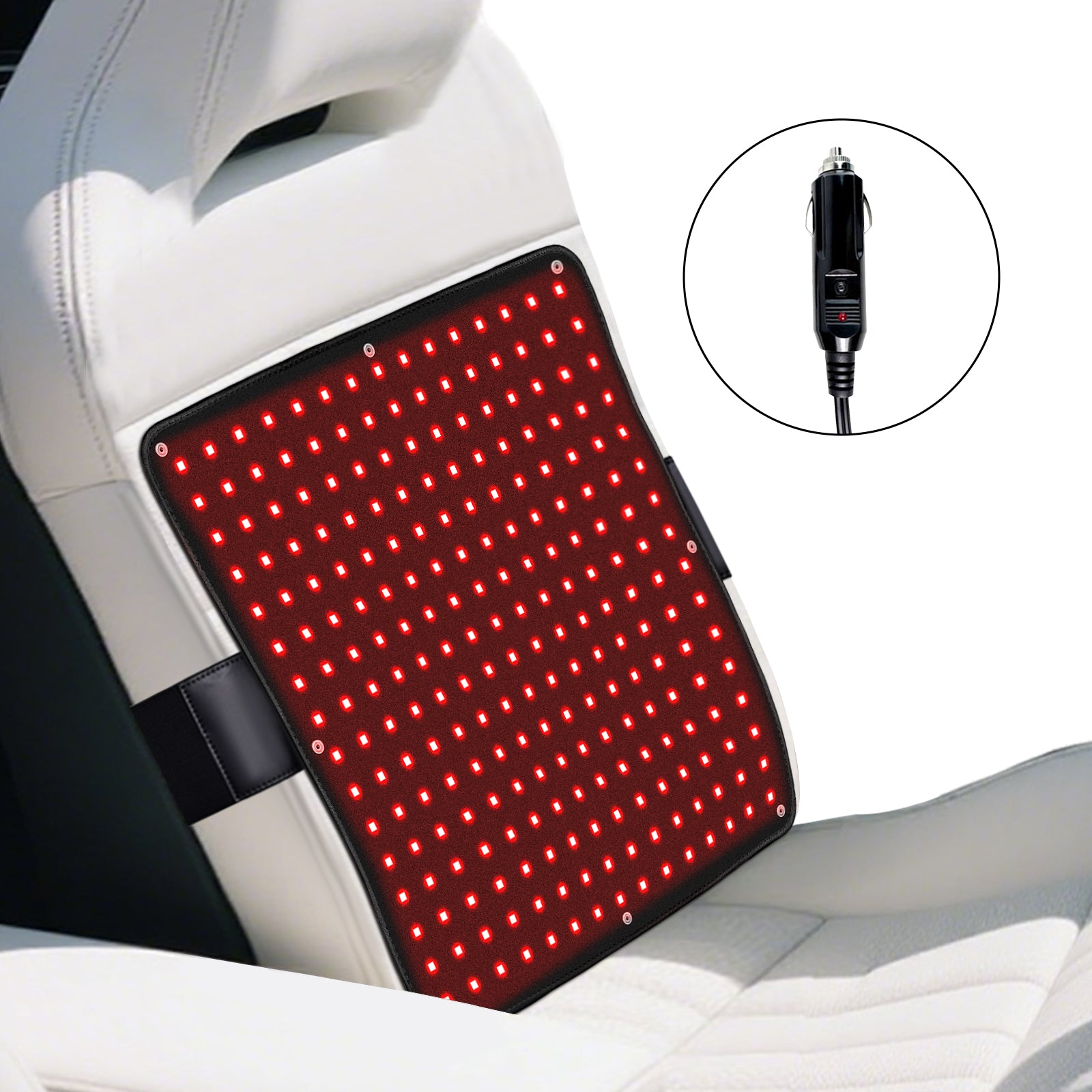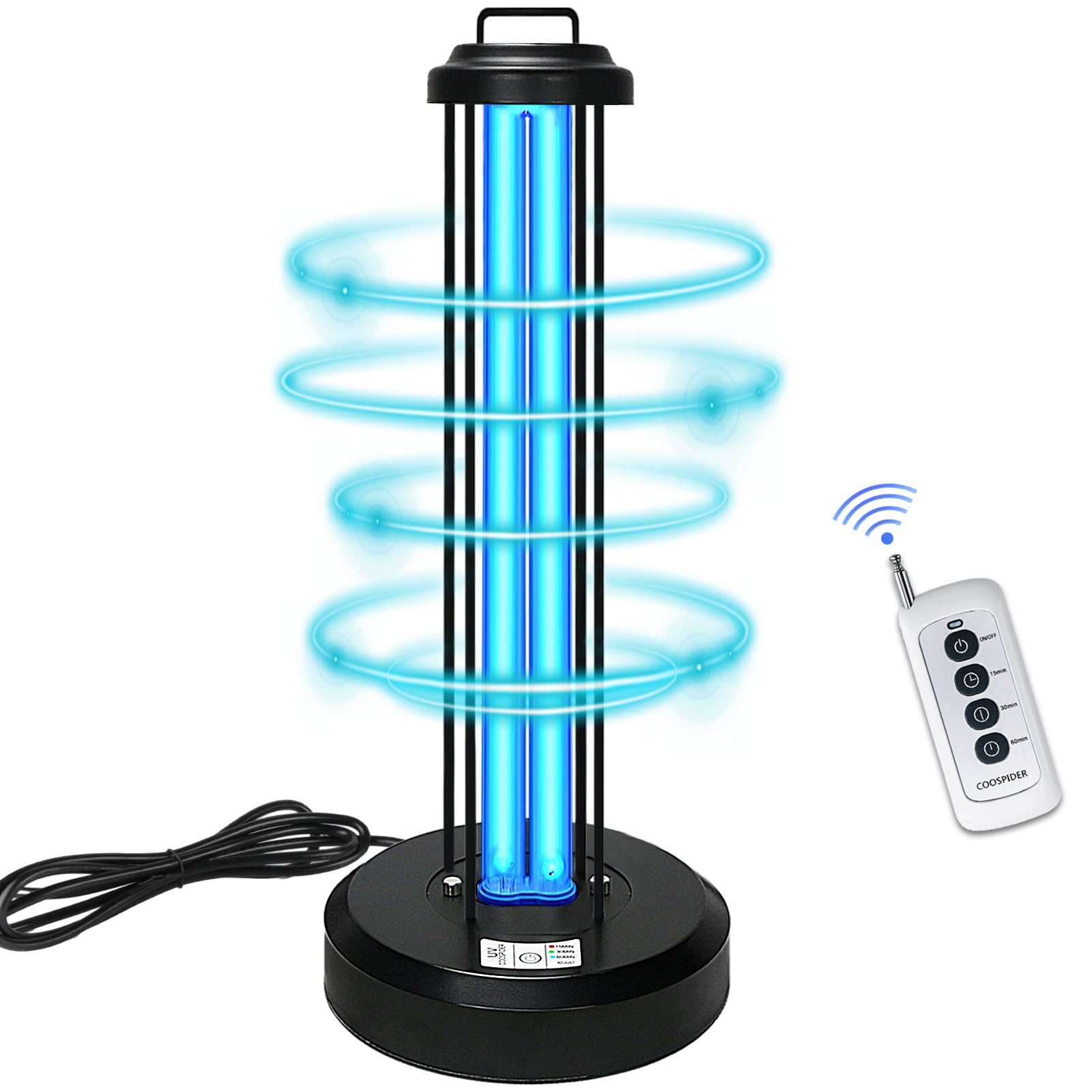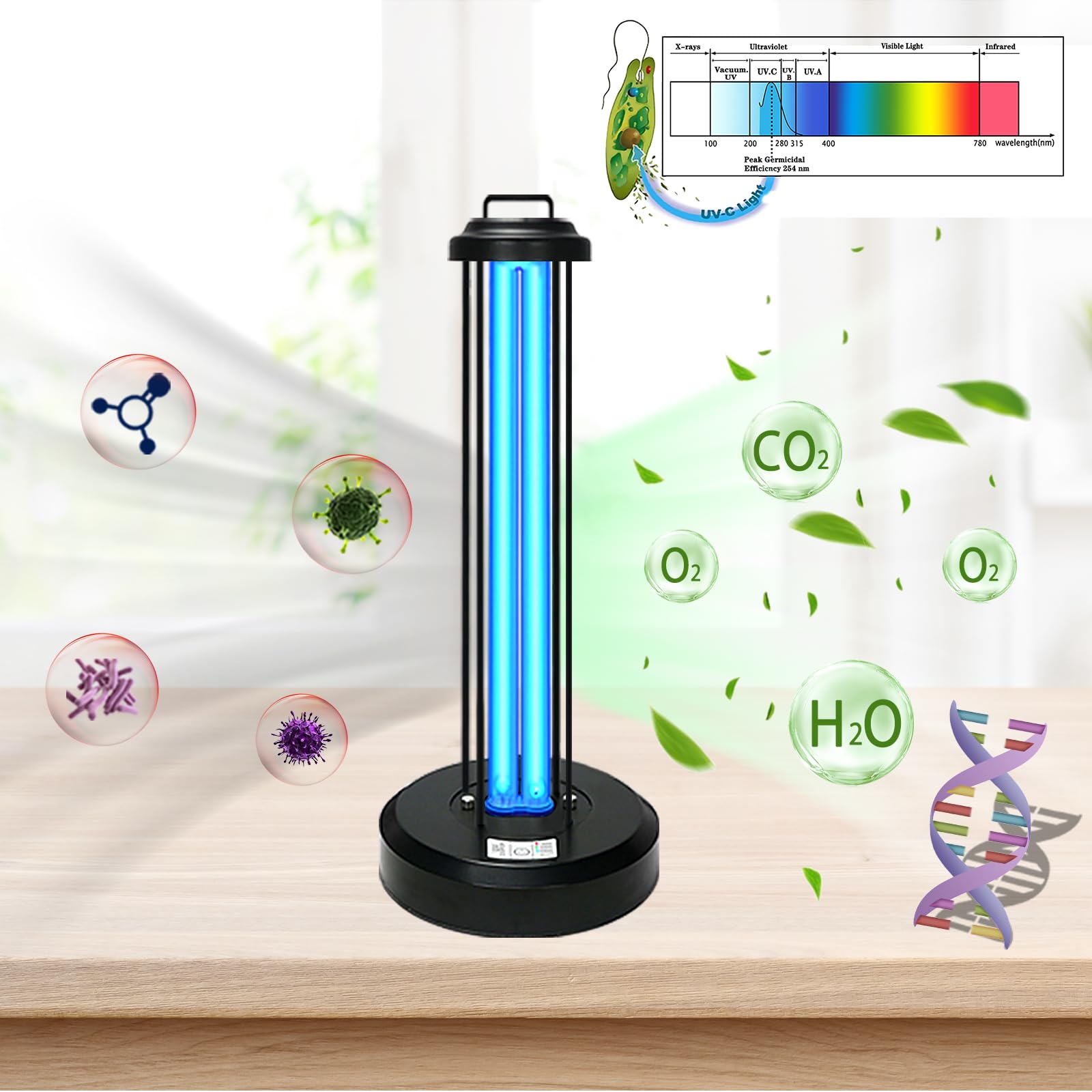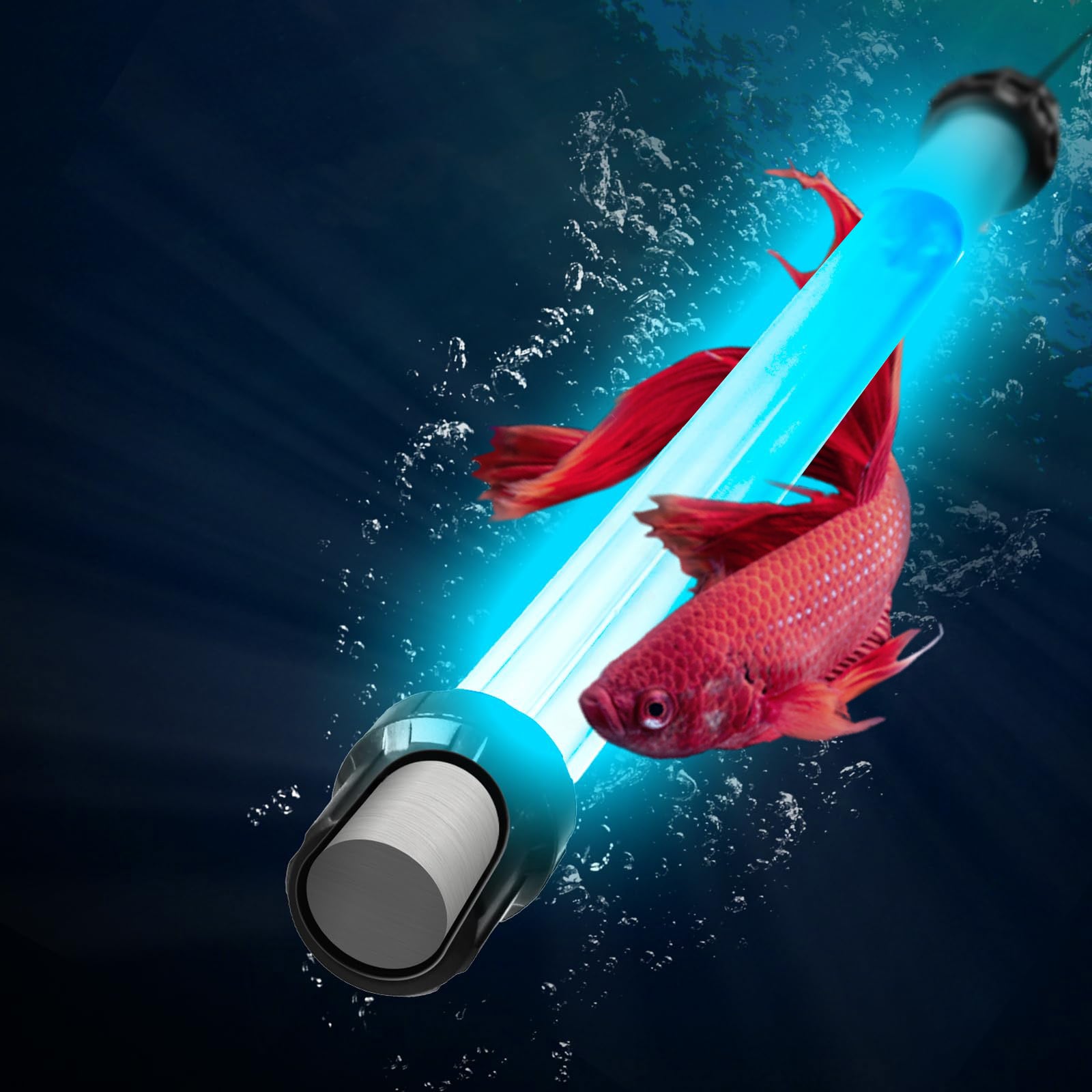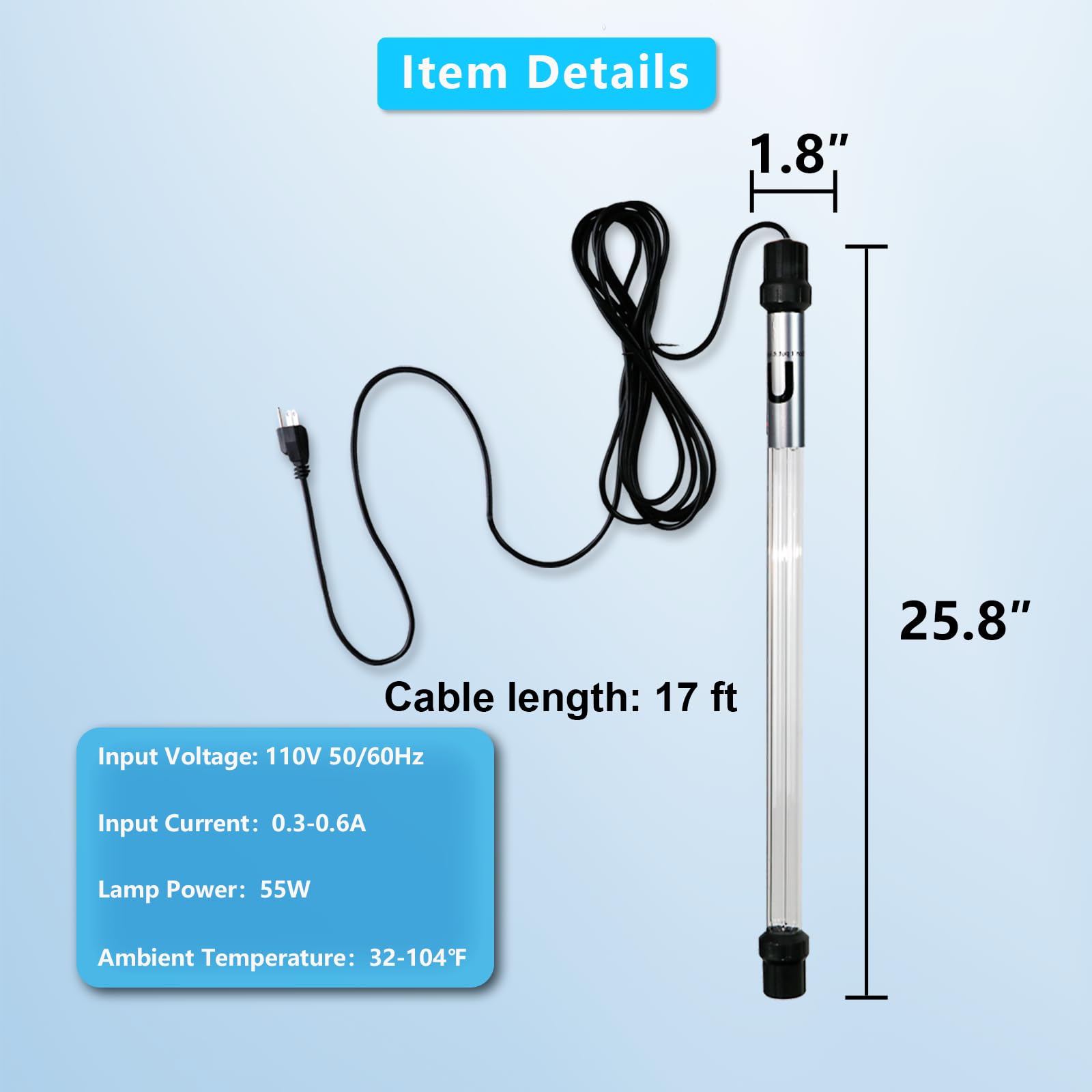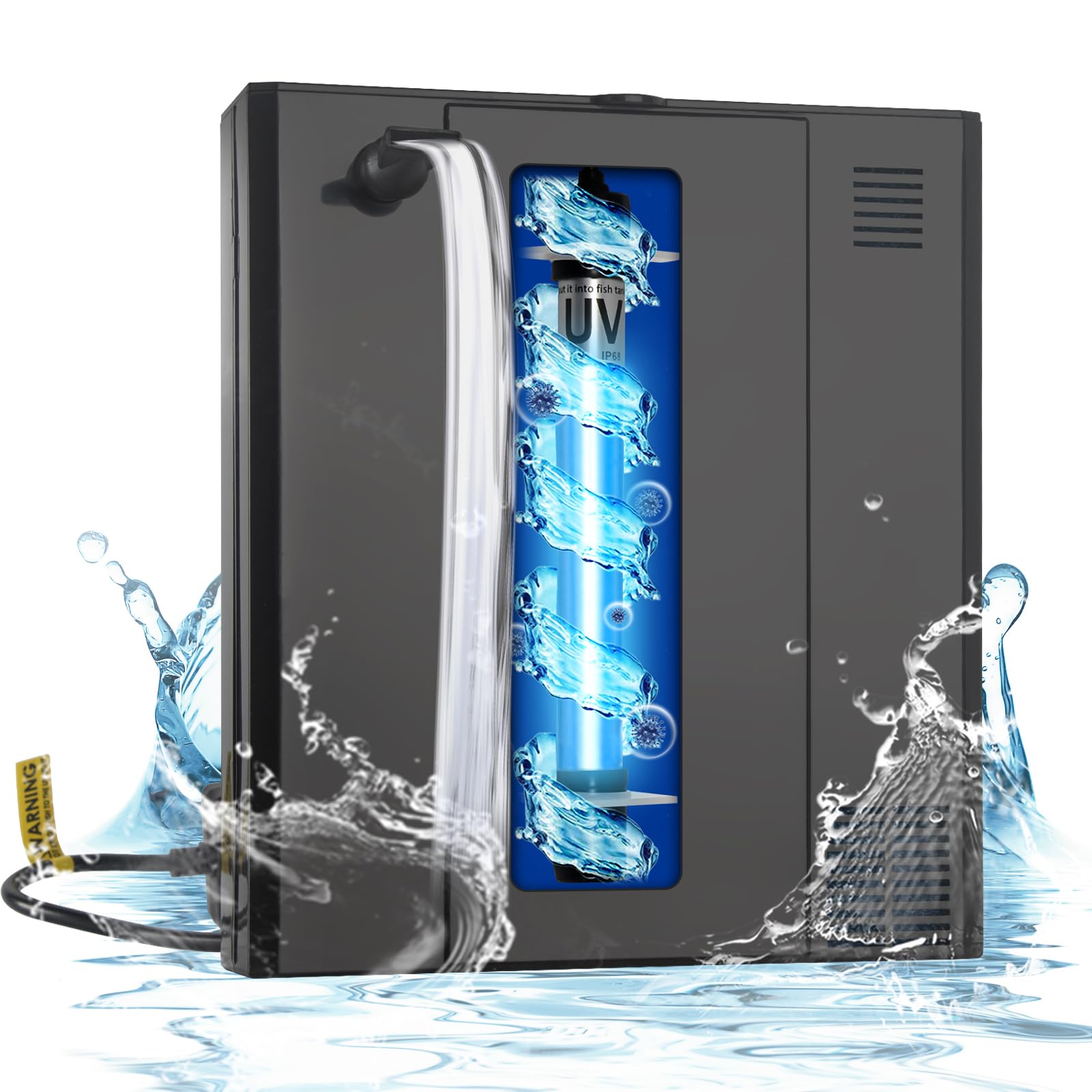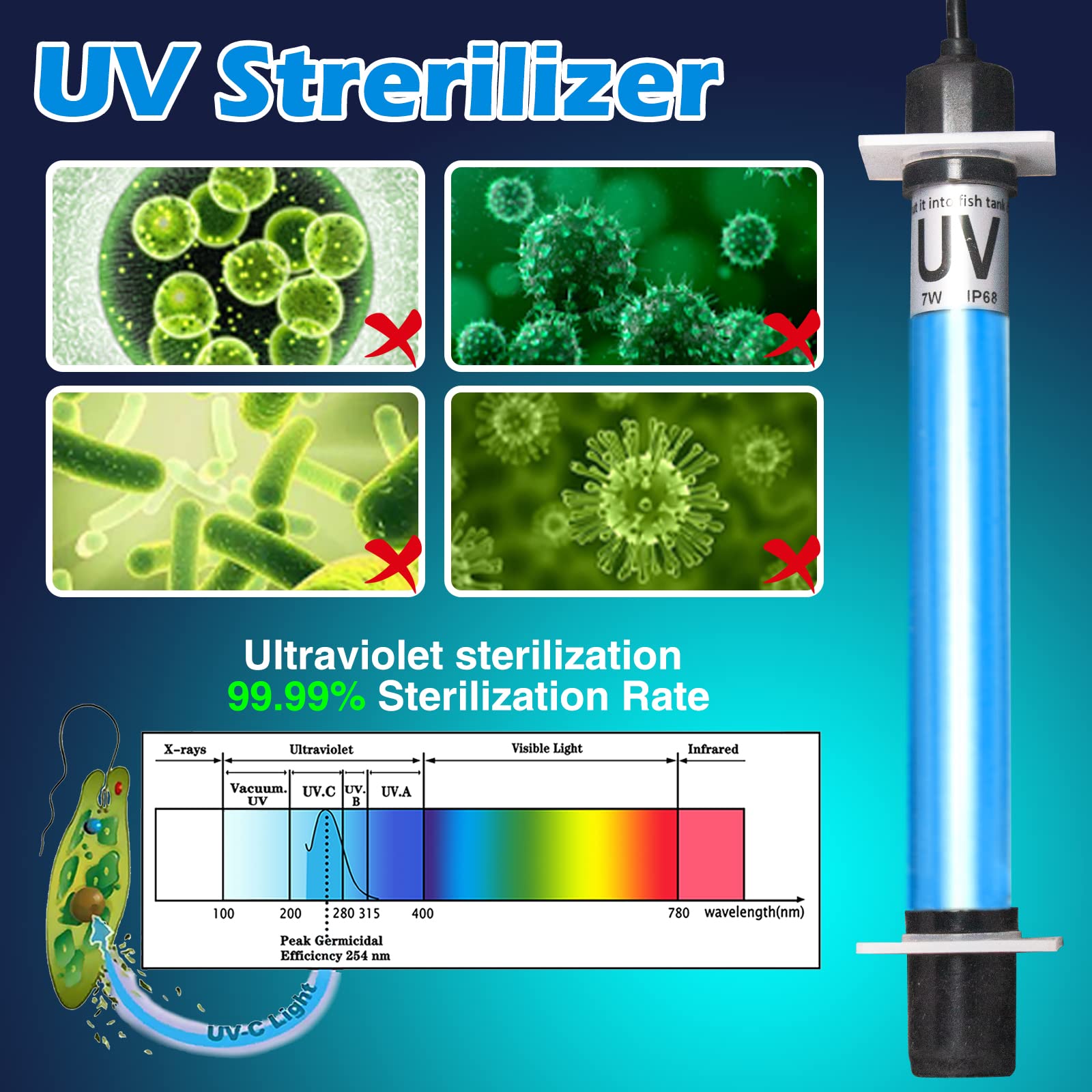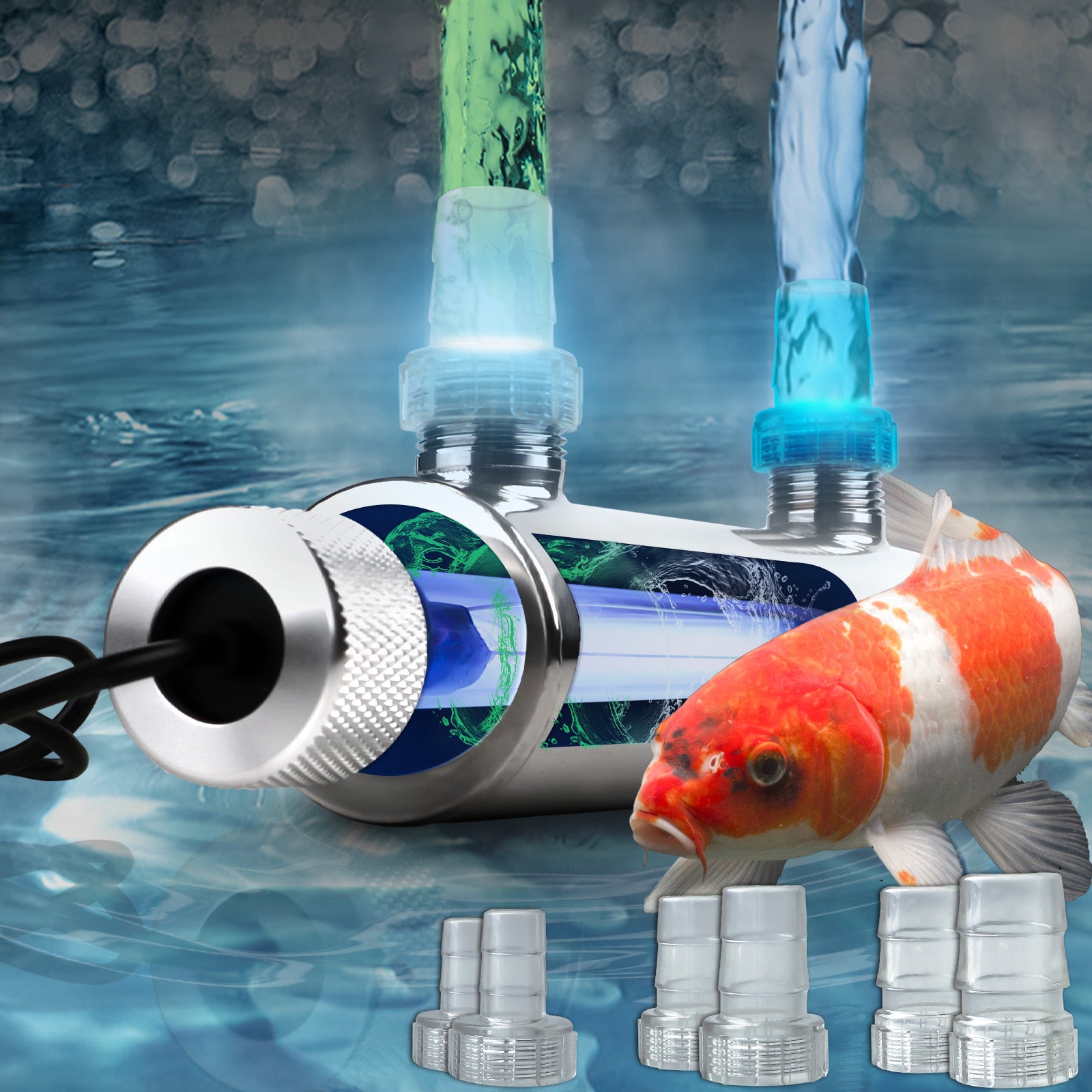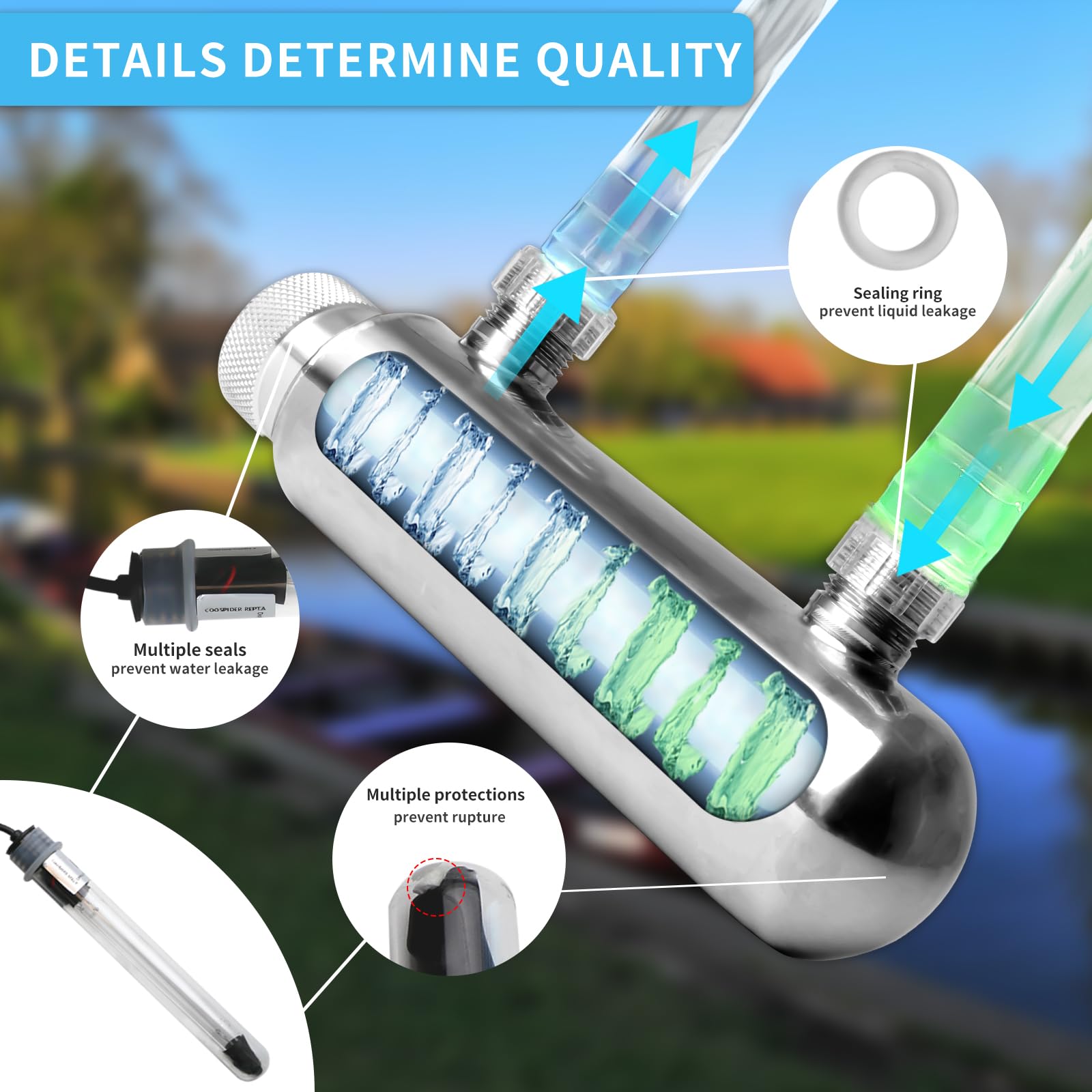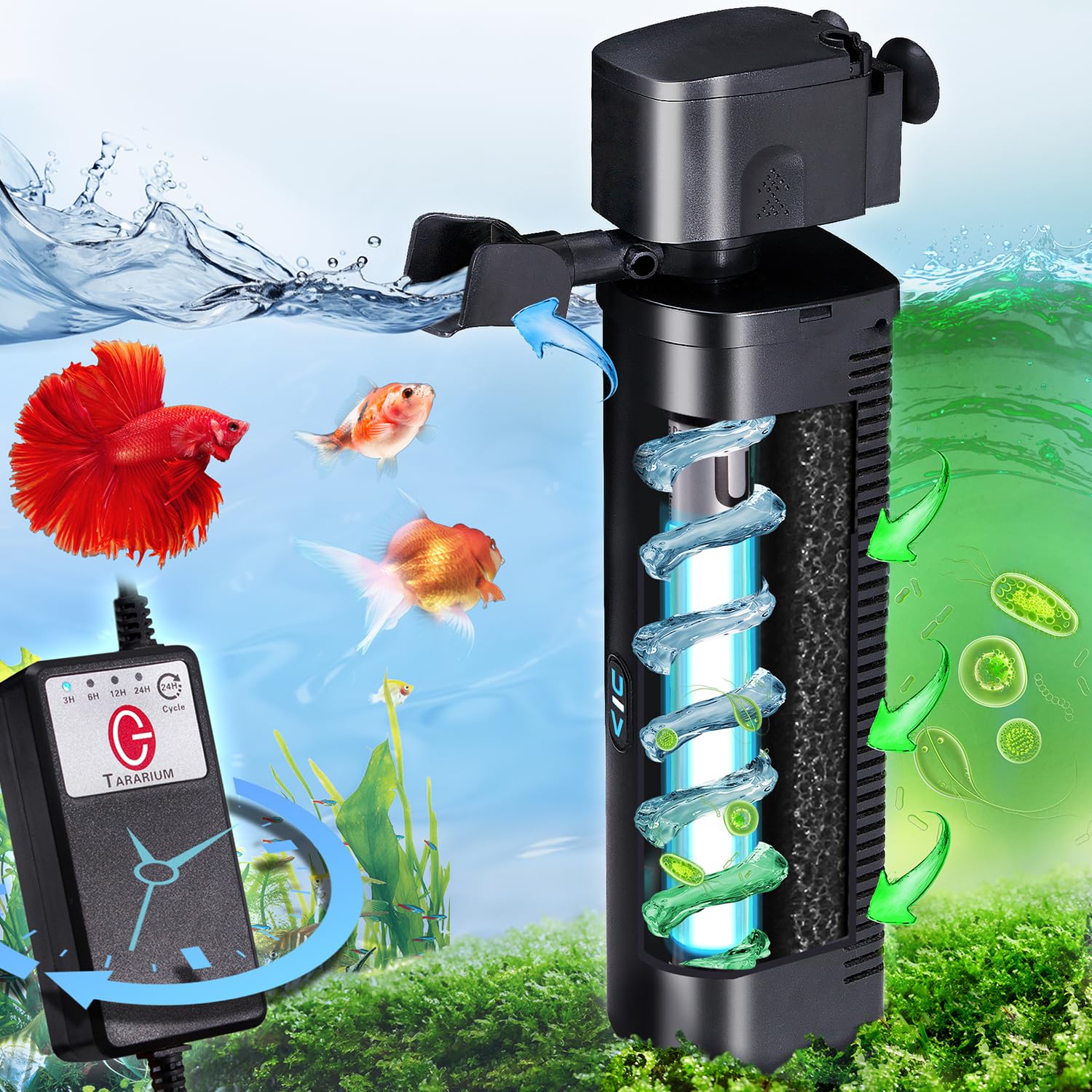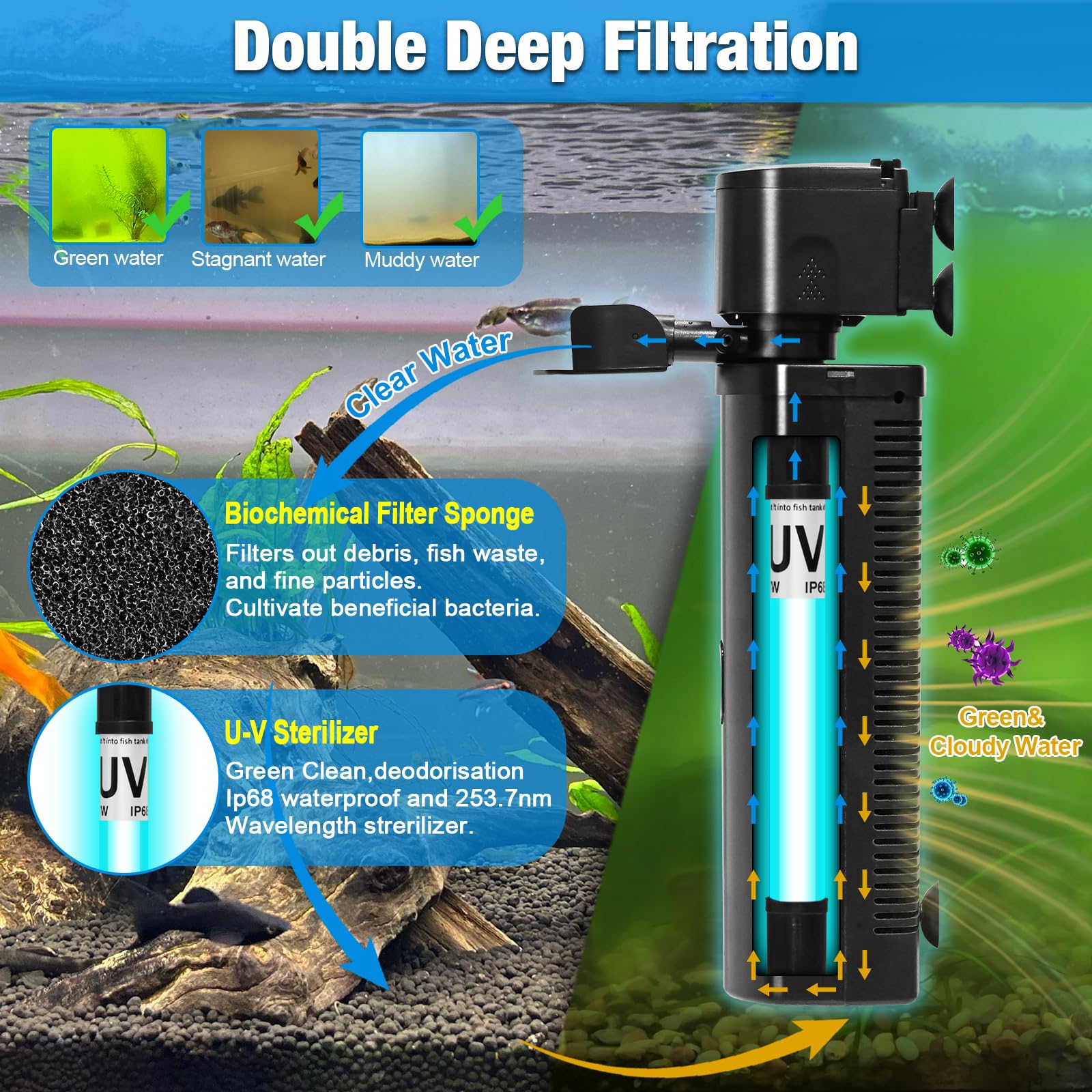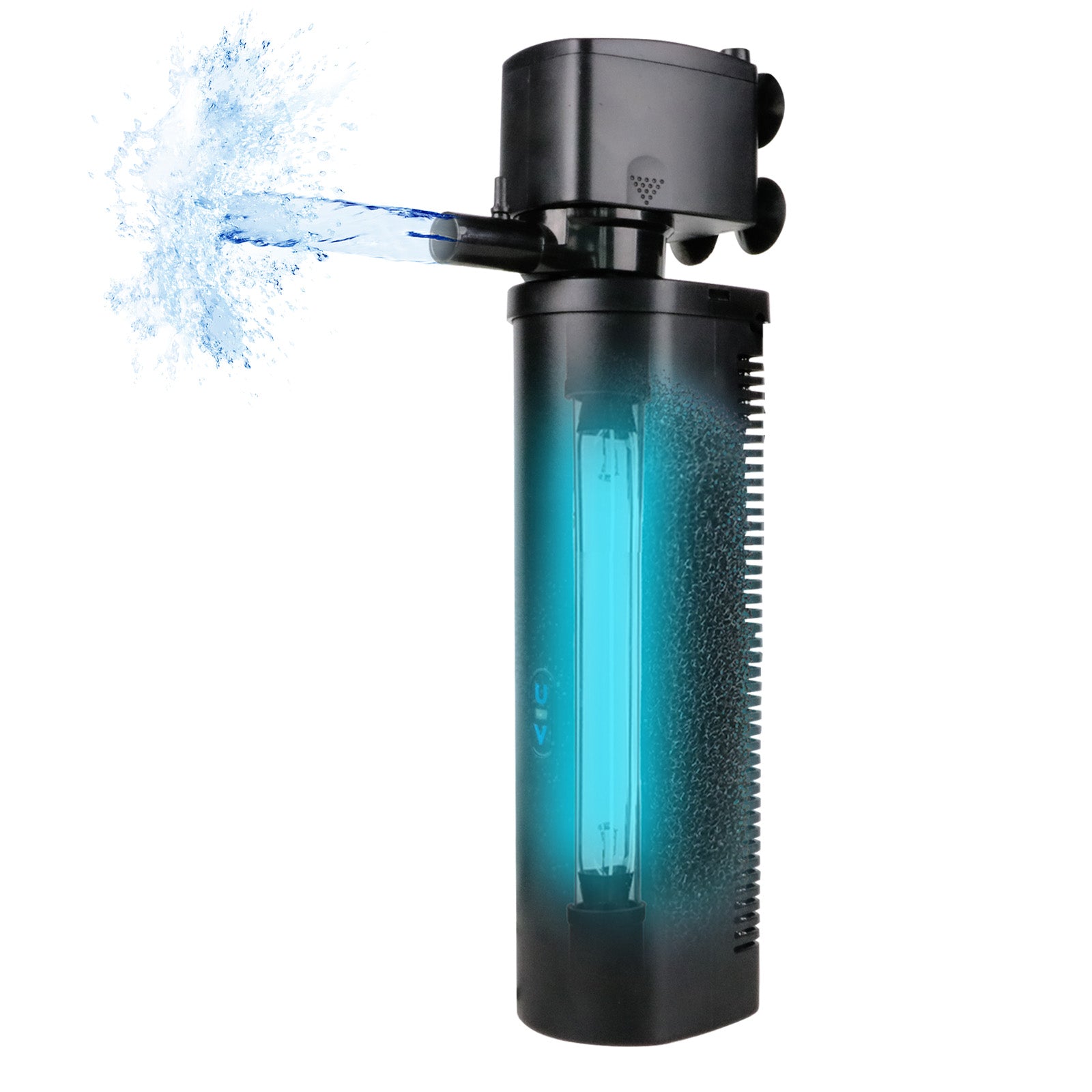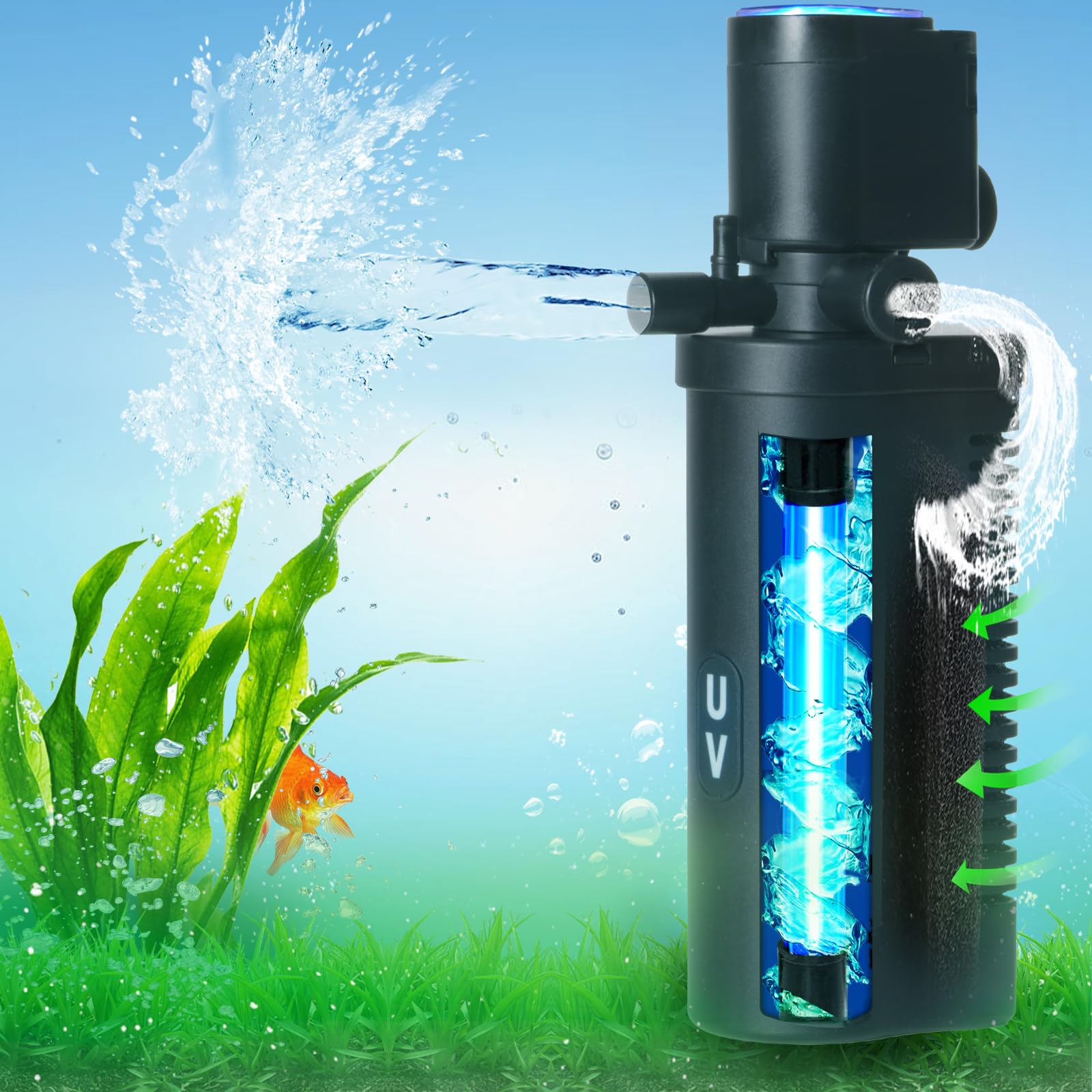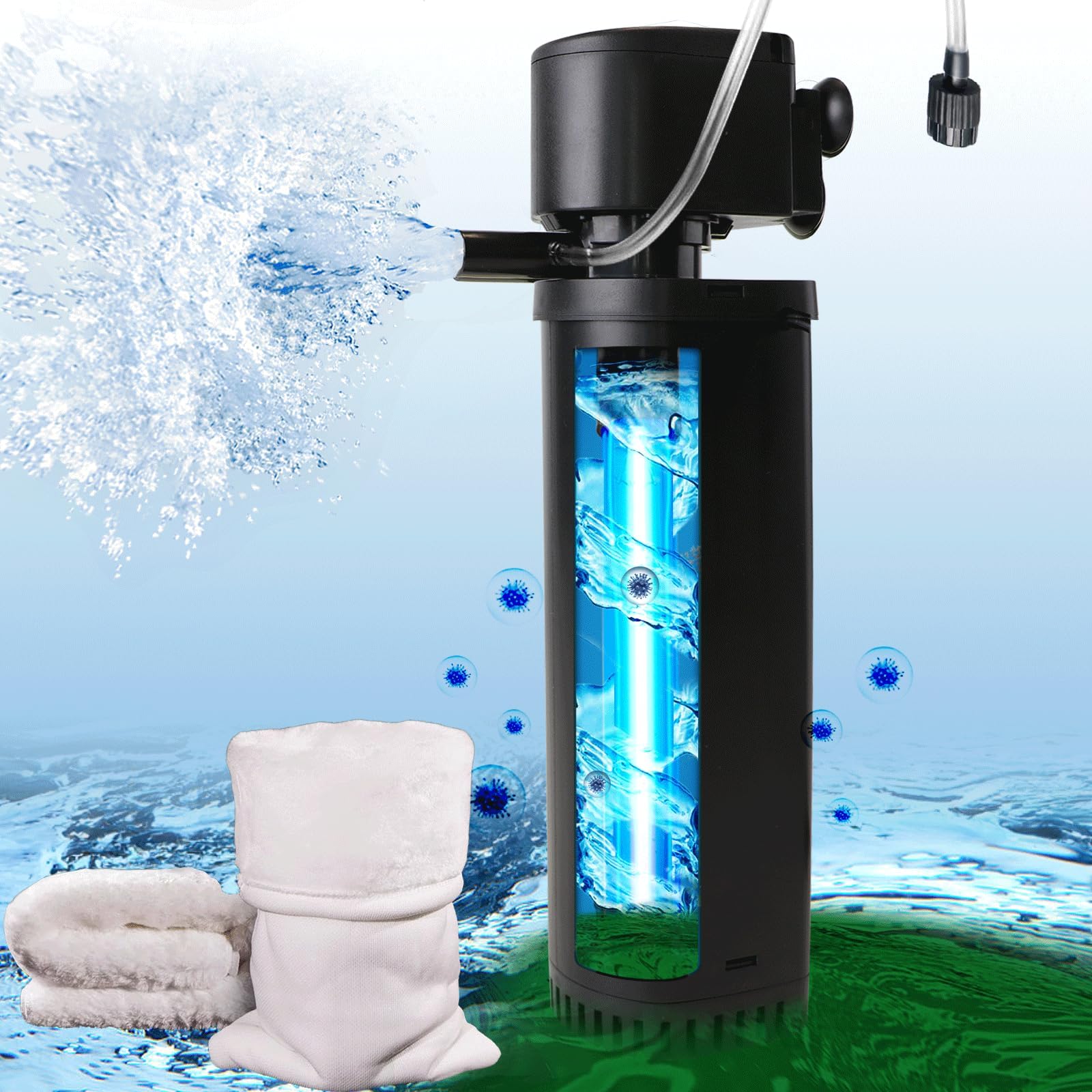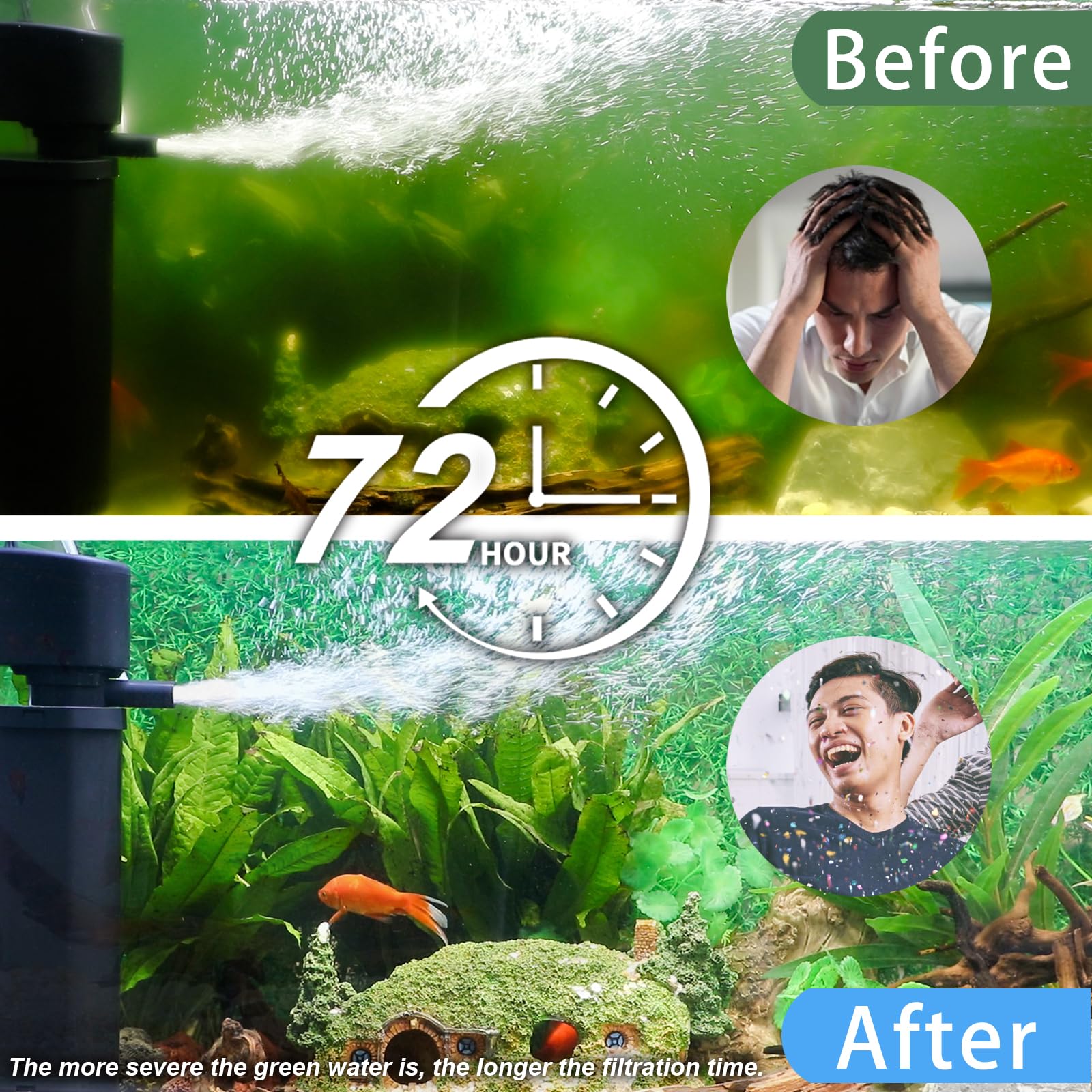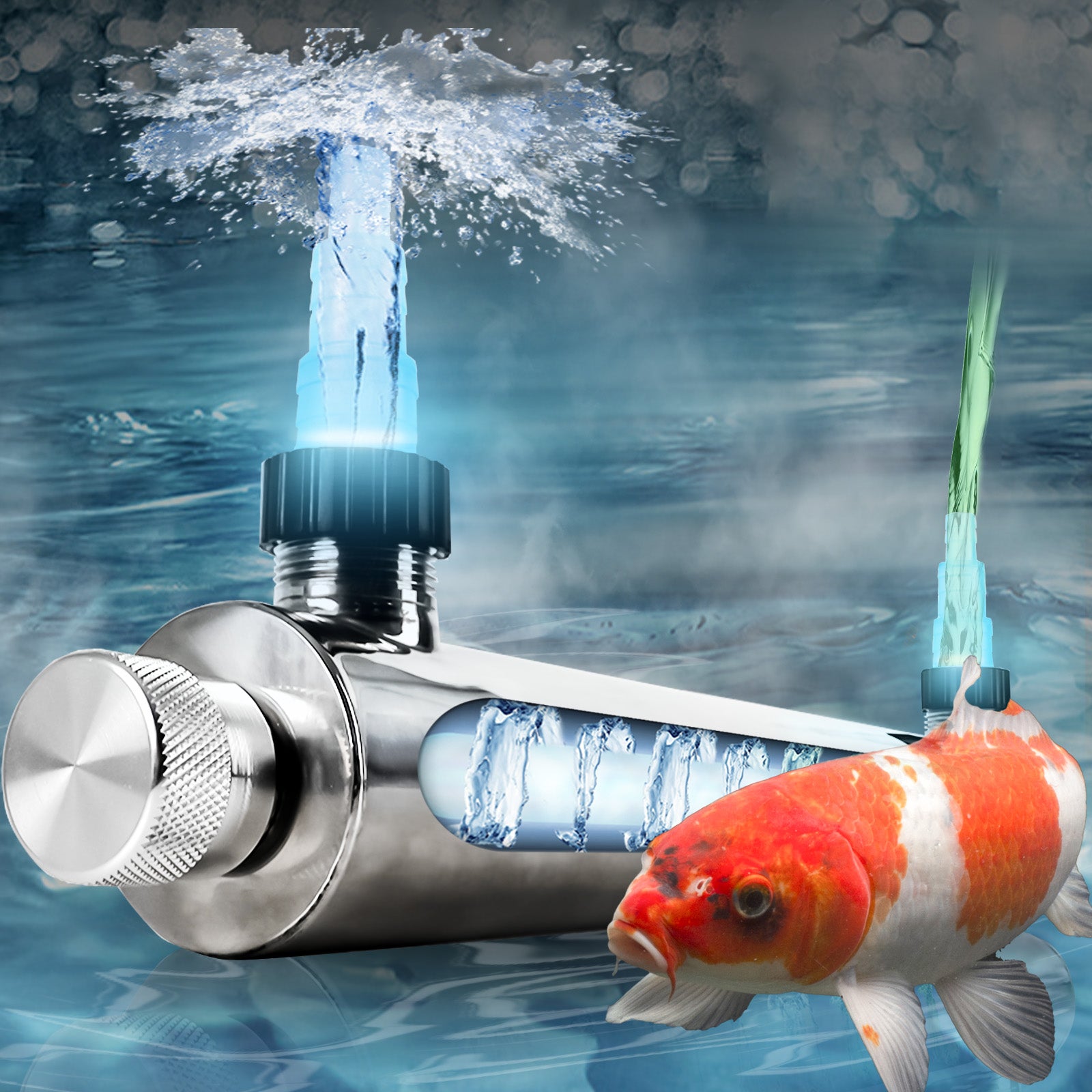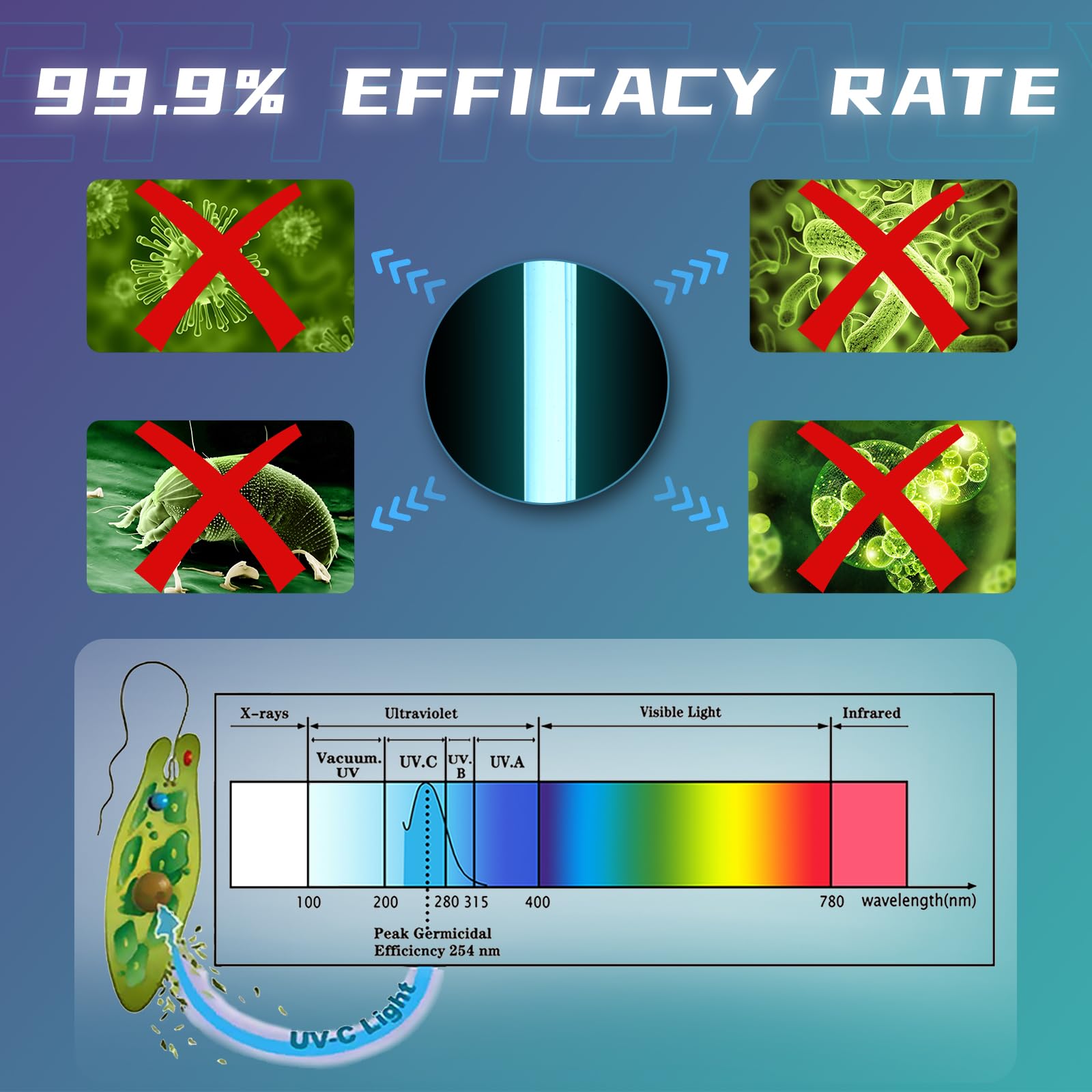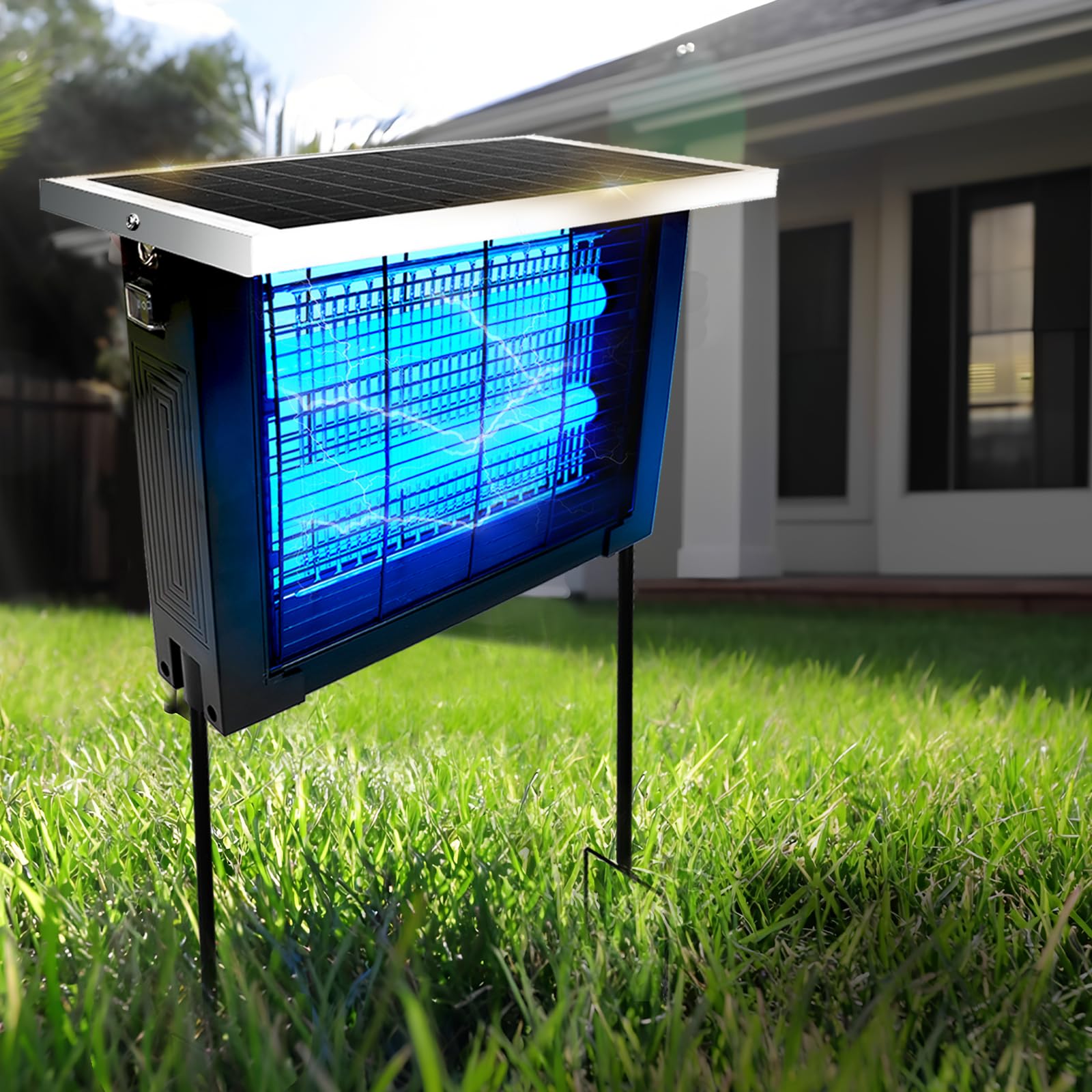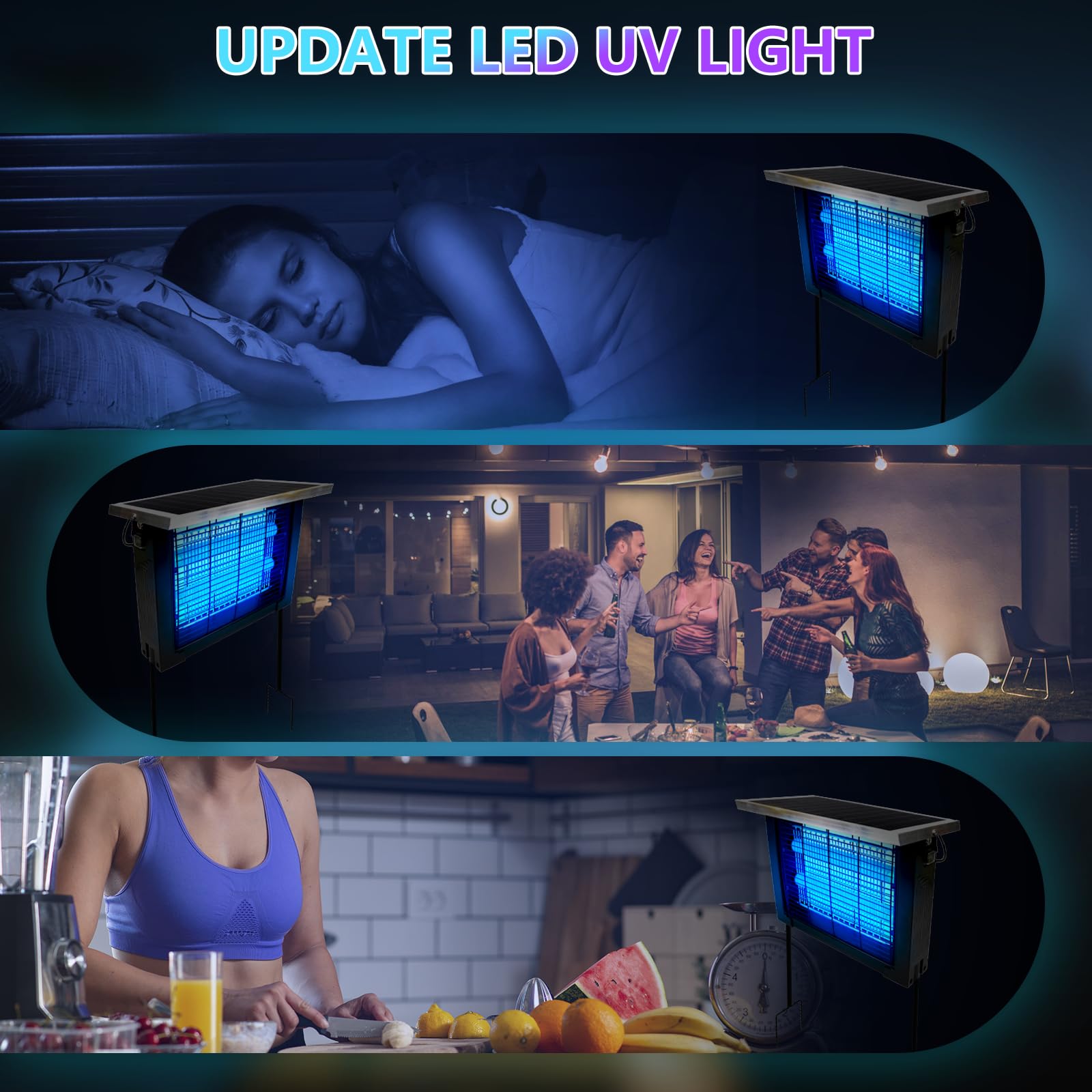Introduction: Why Your Filter is the Lifeline of Your Koi Pond
A koi pond without proper filtration is like a swimming pool without chlorine—it might look fine at first, but disaster is brewing. Your filtration system is the heart of your pond, silently working to:
✅ Remove harmful toxins (ammonia, nitrites)
✅ Trap debris (fish waste, leaves, uneaten food)
✅ Oxygenate water (critical for koi health)
✅ Prevent algae blooms (green water = bad news)
But here’s the problem: Most koi keepers neglect their filters until it’s too late. Clogged media, dead bacteria, and failing pumps lead to:
❌ Sick fish (parasites, bacterial infections)
❌ Cloudy, smelly water (ammonia spikes)
❌ Costly repairs (burned-out pumps, UV bulb failures)
This 6,000-word guide will teach you exactly how to maintain your koi pond filter—the right way. We’ll cover:
🔹 Mechanical, biological & UV filter maintenance
🔹 Step-by-step cleaning schedules
🔹 Troubleshooting common problems
🔹 Pro tips to extend filter life
Let’s dive in and keep your pond crystal clear!
Chapter 1: Understanding Your Koi Pond Filtration System
1.1 The 3 Types of Filtration (And Why You Need All Three)
| Filter Type | What It Does | Key Components |
|---|---|---|
| Mechanical | Traps solid waste | Filter pads, brushes, skimmers |
| Biological | Breaks down toxins | Bio-balls, lava rock, moving bed |
| UV Clarifier | Kills algae & bacteria | UV bulb, quartz sleeve |
Why All Three Matter:
- Mechanical removes visible gunk before it decays.
- Biological converts ammonia → nitrites → nitrates (the nitrogen cycle).
- UV prevents green water by zapping algae cells.
Myth Buster:
❌ "I only need a sponge filter—it’s enough for my koi!"
✅ Reality: Sponge filters are great for small tanks, but koi ponds need multi-stage filtration!
Chapter 2: Mechanical Filter Maintenance (The First Line of Defense)
2.1 How Often Should You Clean Mechanical Media?
| Filter Type | Cleaning Frequency | How to Clean |
|---|---|---|
| Skimmer Basket | Daily (in fall) / Weekly (summer) | Hose off debris |
| Filter Pads | Every 1–2 weeks | Rinse in pond water (never tap water!) |
| Settling Chamber | Monthly | Drain sludge via bottom valve |
Pro Tip:
✔ Use a filter brush to scrub stubborn gunk off pads.
✔ Replace pads when they fray (usually every 6–12 months).
2.2 Common Mechanical Filter Problems (And Fixes)
Problem: "My filter pads clog in 2 days!"
✅ Solution:
- Add a pre-filter (like a sieve or vortex).
- Reduce feeding (less waste = less clogging).
Problem: "Water bypasses the filter!"
✅ Solution:
- Check for gaps between pads.
- Use foam blocks to seal edges.
Chapter 3: Biological Filter Maintenance (Don’t Kill Your Bacteria!)
3.1 The Golden Rule of Bio-Filter Cleaning
🚫 NEVER scrub bio-media with tap water! (Chlorine kills beneficial bacteria.)
✅ Instead:
- Rinse lightly in pond water.
- Only clean 1/3 of media at a time (keeps bacteria colonies alive).
3.2 Best Bio-Media & How to Maintain It
| Media Type | Pros | Maintenance Tips |
|---|---|---|
| Bio-Balls | High surface area | Rinse every 3–6 months |
| Lava Rock | Cheap & effective | Replace if crumbling |
| Moving Bed | Self-cleaning | Check for clogged air stones |
Warning Signs of a Failing Bio-Filter:
⚠️ Ammonia spikes after cleaning (you killed too much bacteria)
⚠️ Slow water flow (media is clogged with sludge)

Chapter 4: UV Clarifier Maintenance (The Secret to Clear Water)
4.1 How Often Should You Replace UV Bulbs?
🔹 Every 9–12 months (even if the light still works—UV effectiveness fades!).
🔹 Clean quartz sleeve every 3 months (mineral buildup blocks UV rays).
Pro Tip:
✔ Write the install date on the bulb (so you don’t forget!).
4.2 Troubleshooting UV Filter Issues
Problem: "My water is still green with UV running!"
✅ Check:
- Is the bulb expired?
- Is the quartz sleeve dirty?
- Is water flow too fast? (UV needs slow contact time.)
Chapter 5: Seasonal Filter Maintenance Checklist
5.1 Spring (Post-Winter Wake-Up)
✔ Restart pumps & UV (if turned off for winter).
✔ Test water (ammonia may spike as bacteria reawaken).
5.2 Summer (Peak Algae Season)
✔ Clean skimmer daily (algae clogs fast).
✔ Check pump intake (debris reduces flow).
5.3 Fall (Leaf & Debris Battle)
✔ Cover pond with net (keeps leaves out of filter).
✔ Drain settling chamber (sludge builds up).
5.4 Winter (Cold-Weather Prep)
✔ Remove UV clarifier (freezing damages quartz sleeve).
✔ Switch to winter pump (low-flow to prevent ice).
Final Tip: The 10-Minute Weekly Filter Check
- Inspect skimmer basket (clear debris).
- Rinse filter pads (in pond water).
- Test ammonia/nitrites (catch problems early).
- Check pump flow (weak flow = clogged intake).
Do this every week, and your filter—and koi—will thank you!
